14th Session of the Conference of the Parties to the UN Convention to Combat Desertification (COP 14)
Restore Land, Sustain Future
2-13 September 2019 | New Delhi, India
Summary of the Meeting, 2-13 September 2019

The fourteenth session of the Conference of the Parties to the UN Convention to Combat Desertification (UNCCD COP 14) convened in New Delhi, India, from 2-13 September 2019. The meeting gathered approximately 8,000 participants including more than 100 ministers and high-level officials. The adopted decisions included guidance on how to implement four thematic policy frameworks approved at the last COP, addressing drought, gender, sand and dust storms, as well as desertification, land degradation and drought (DLDD) as a driver for migration. The COP also agreed to include land tenure as a new thematic area under the Convention.
The UNCCD’s two subsidiary bodies, the Committee on Science and Technology (CST) and the Committee for the Review of the Implementation of the Convention (CRIC), convened in parallel to the COP. One of the central themes of the COP 14 high-level segment on 9-10 September was how to build momentum towards a global movement on land restoration. Three ministerial roundtables and three high-level interactive dialogues included exchanges with representatives of civil society organizations (CSOs), the youth and the private sector.
Other initiatives launched at COP 14 included: a road map for scaling up the Africa-led Great Green Wall Initiative to restore 100 million hectares of land and create 10 million green jobs by 2030; the new UNCCD interactive Drought Toolbox that serves to strengthen countries’ preparedness and resilience; and an international coalition on sand and dust storms aimed at mitigating their transboundary impacts on human health, the environment and key economic sectors.
Through the New Delhi Declaration, the COP 14 host announced its commitment to enhance implementation of the UNCCD through, among other actions: establishing a center of excellence to promote South-South exchange; raising its 2030 land restoration target from 21 million hectares to 26 million hectares; and taking into consideration land-based solutions for climate action and biodiversity conservation and the mutually supportive implementation of the three Rio conventions.
Concluding on schedule despite tough negotiations on land tenure and drought, COP 14 ended on a note of optimism that there is a growing alignment of the land, climate and biodiversity agendas, and, with its sharpened focus on land restoration, the UNCCD can offer cost-effective and sustainable solutions to some of the most entrenched global challenges today.
IISD Reporting Services, through its ENB meeting coverage, provided daily web coverage and daily reports from UNCCD COP 14. In addition, IISD Reporting Services has published a summary and analysis report from this session, which is now available in HTML and PDF.
Photos by IISD/ENB | Ángeles Estrada
For photo reprint permissions, please follow instructions at our Attribution Regulations for Meeting Photo Usage Page
Highlights for Friday, 13 September 2019
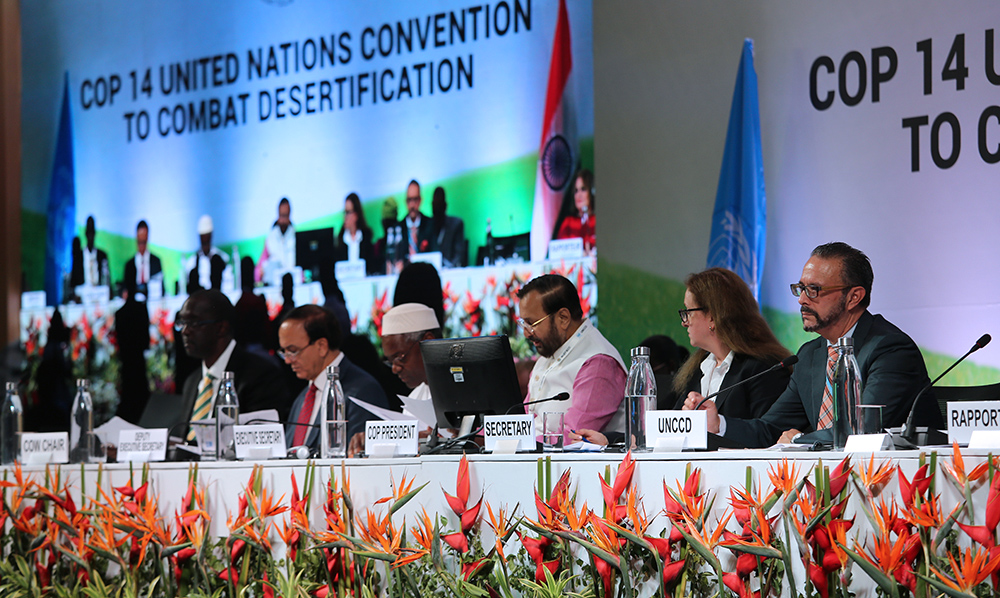
The Committee of the Whole (COW) contact group convened in the morning to finalize negotiations of draft decisions on drought, and integration of the 2030 Agenda on Sustainable Development. In the afternoon the COW convened its closing plenary and adopted the final set of 11 decisions prepared by the group.
Thereafter, delegates convened the final plenary of the Conference of the Parties (COP) to adopt the outcomes of the conference.
In his closing remarks, COP President Prakash Javadekar expressed India’s commitment to contribute to the implementation of the UNCCD, through, among other actions: establishing a center of excellence to promote knowledge on core themes of the Convention and contribute to South-South Exchange; raising its 2030 land restoration target from 21 million hectares to 26 million hectares; and steering the land agenda at the global level.
UNCCD Executive Secretary, Ibrahim Thiaw, highlighted four messages from COP 14:
- Delivering a clear message to the upcoming Climate Week New York 2019 that land restoration is one of the cheapest solutions for climate change, biodiversity loss and multiple SDGs;
- Making a clear business case for investing in land restoration and sustainable value chains, while underscoring that attracting the private sector will require regulatory frameworks and market incentives;
- Recognizing the importance of drought and the need to support affected parties to better mitigate and manage risks; and
- Putting people at the heart of the Convention’s agenda through the decision on land tenure.
Following closing statements by representatives of regional groups and civil society, COP President Javadekar declared COP 14 closed at 6.50 pm.
+ Visit the web coverage for Friday, 13 September 2019
Closing Ceremony
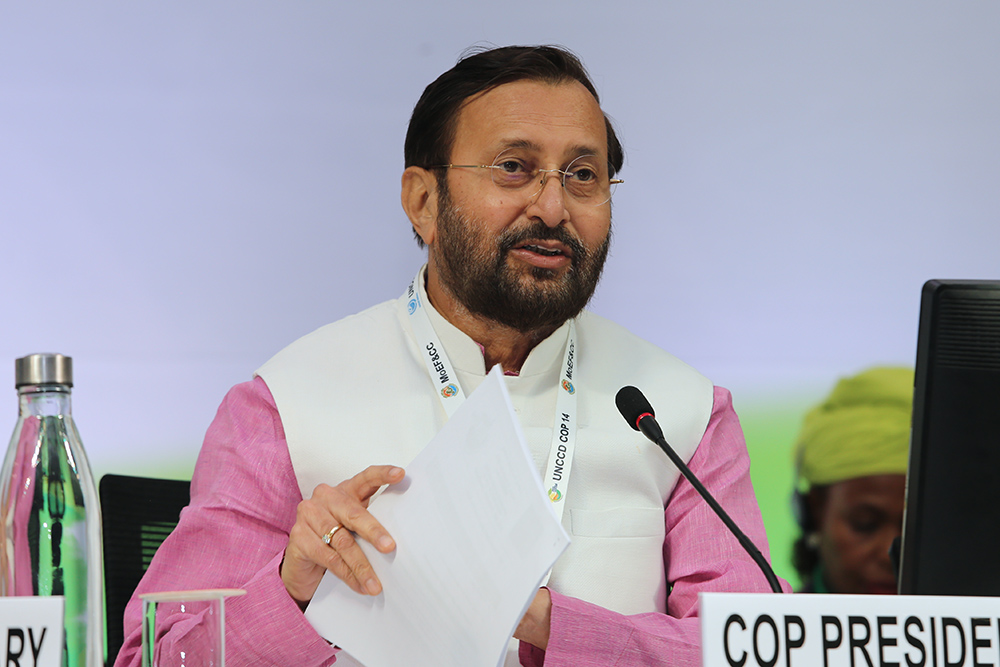
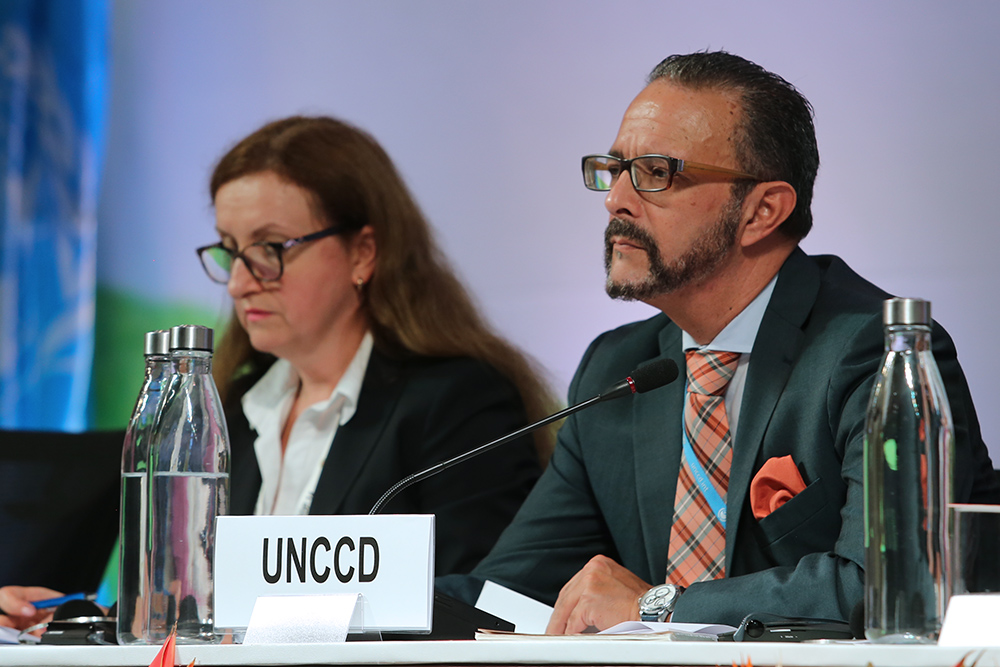
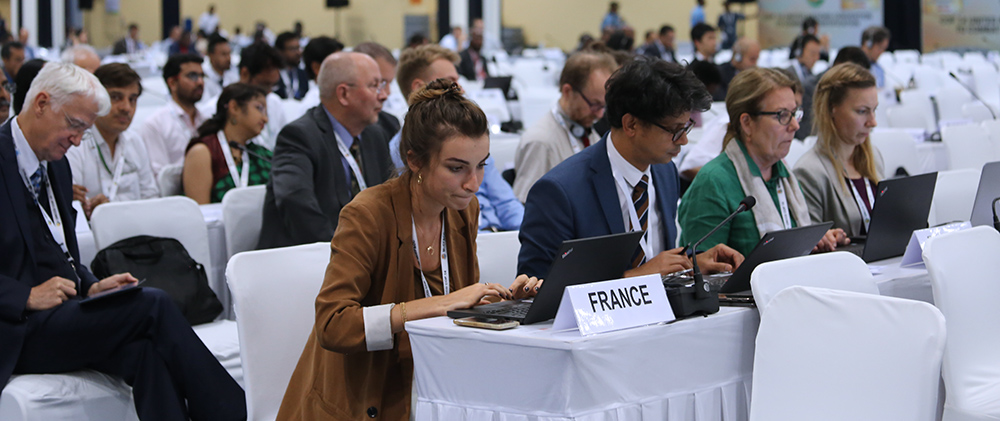
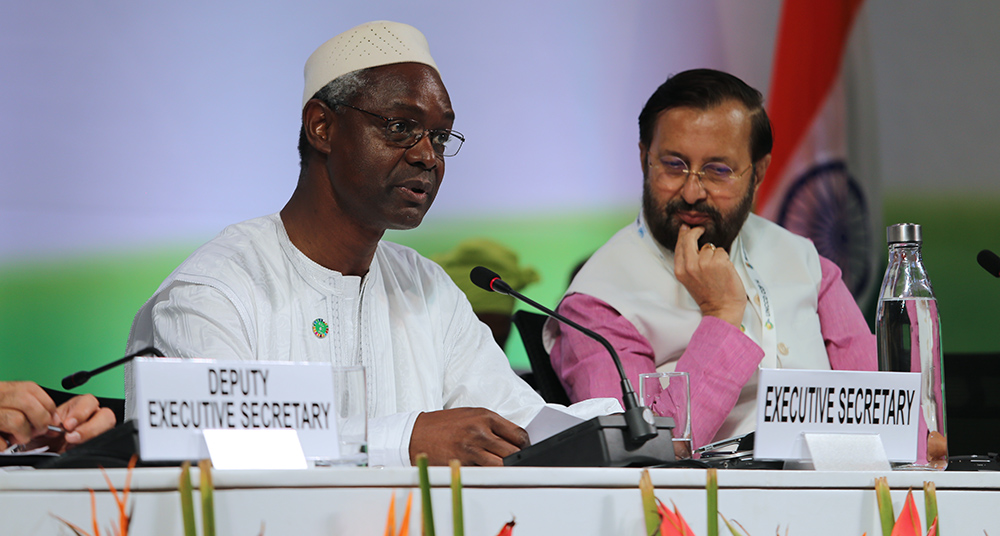
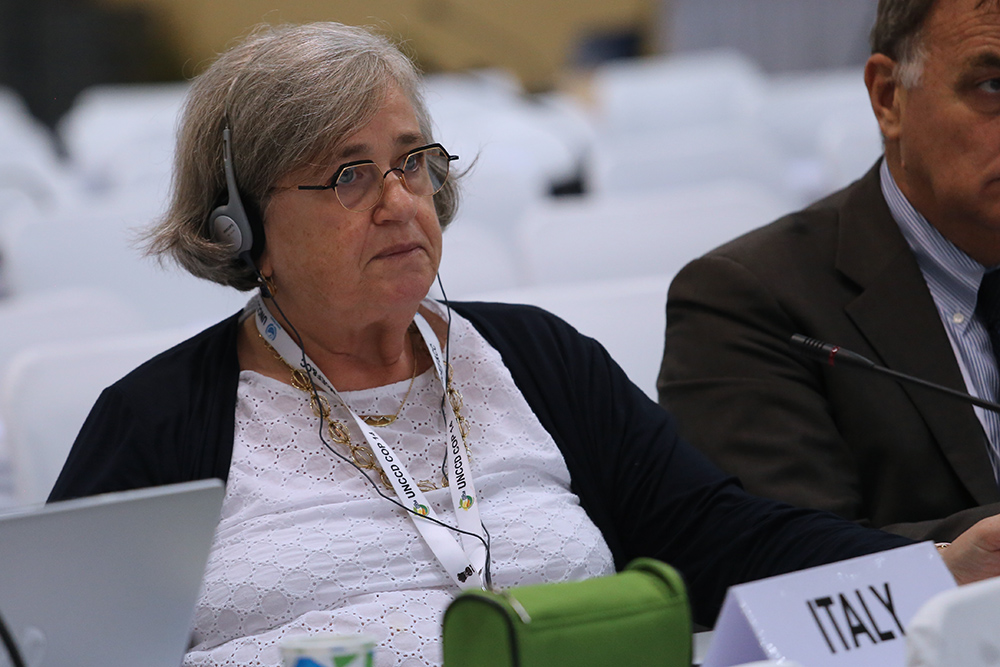
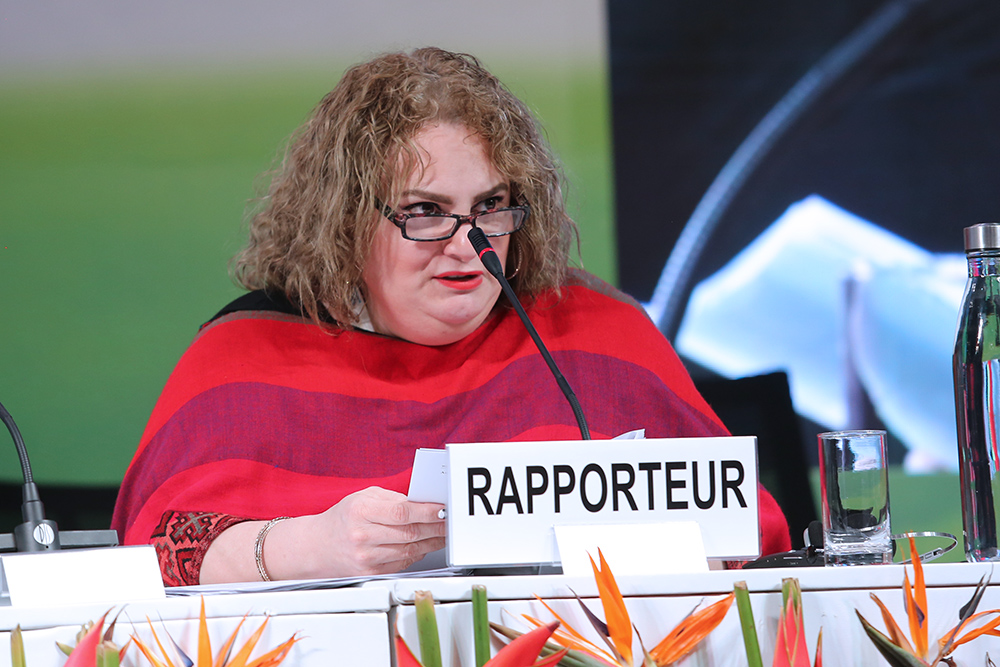
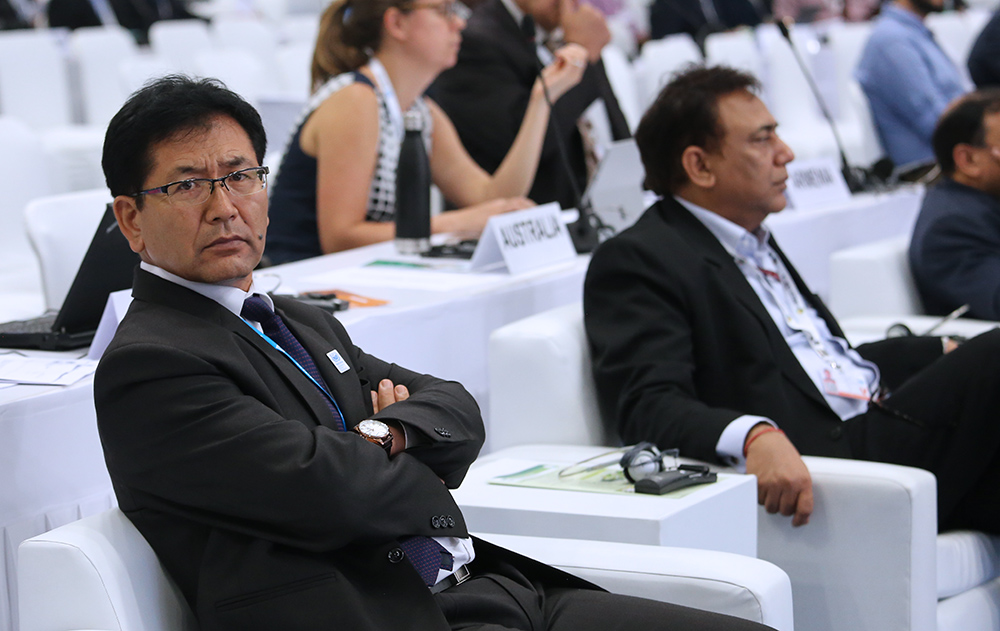
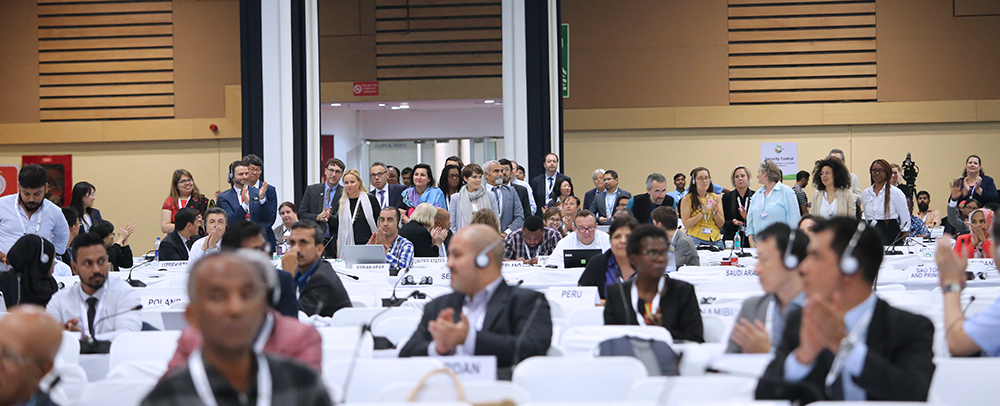
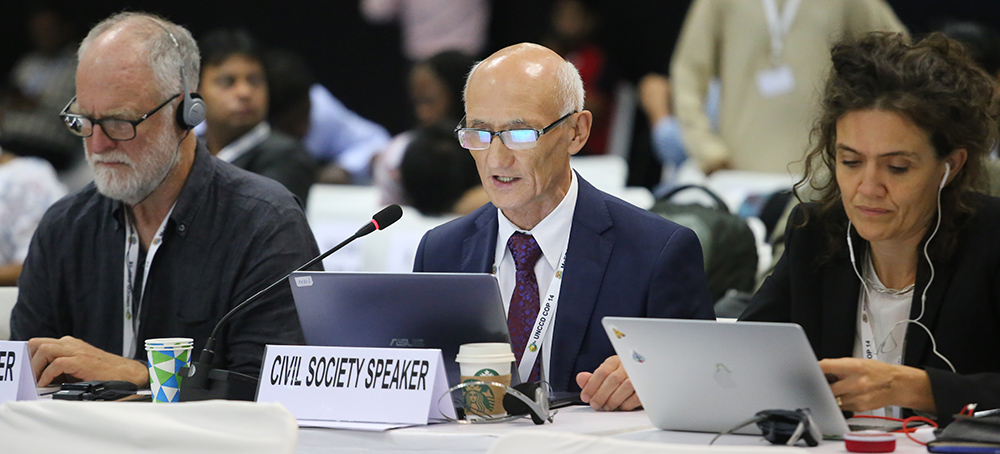
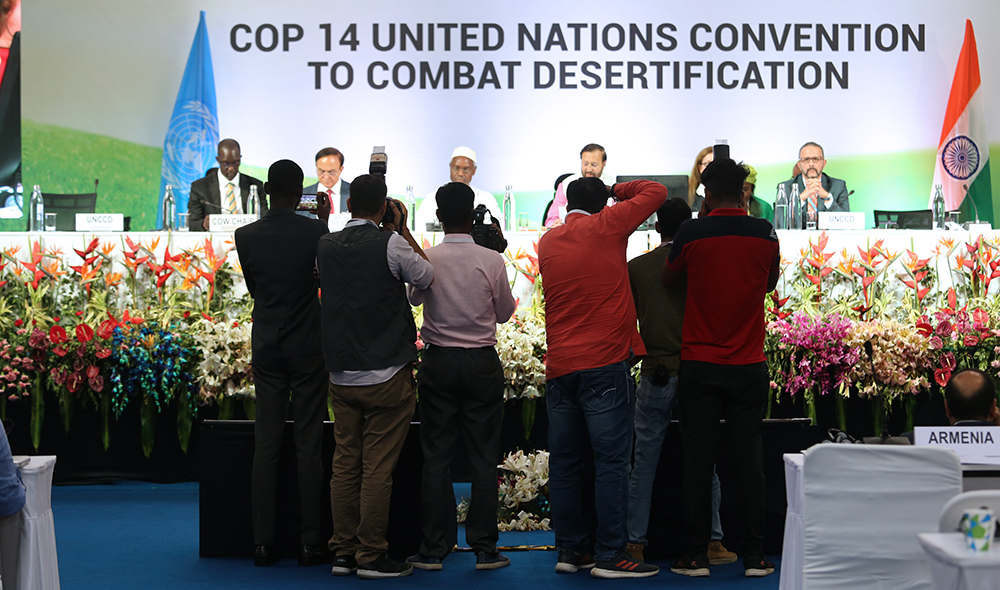
Highlights for Thursday, 12 September 2019
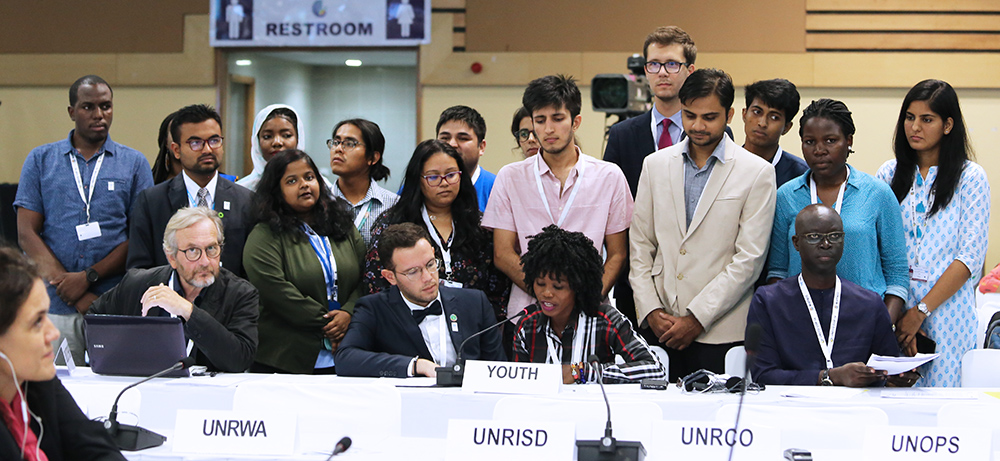
Discussions in the morning took place in the two Committee of the Whole (COW) contact groups on budget, and other matters. With seven draft decisions still unfinished (including texts on drought, land tenure, partnerships and the 2030 Agenda on Sustainable Development) the contact group revisited each decision to resolve the remaining bracketed text. After protracted negotiations and little progress on several decisions, both groups held informal consultations in the afternoon to try and reach consensus, prior to resuming negotiations in the evening.
In the afternoon, the Committee for the Review of the Implementation of the Convention (CRIC) convened its closing plenary, where delegates approved the report of CRIC 18 and all seven draft decisions finalized by the Committee.
The COW then met to adopt the first set of finalized decisions that included modalities for the mid-term evaluation of the UNCCD 2018-2030 Strategic Framework, and follow up of UNCCD thematic issues, relating to migration, sand and dust storms, and gender. The COW also adopted decisions recognizing reports of civil society organizations and the private sector attending COP 14.
Representatives of youth, civil society and business groups provided a summary of their reports prior to adoption. Among other issues, they called for: a more open COP process allowing young people to participate more meaningfully; ending the use of toxic chemicals in agriculture; securing land access and improving direct access to finance to local communities in particular youth and women involved in land restoration; improving the integration between UN frameworks and adopting a “new deal” for nature; and harnessing the role of market-based mechanisms including carbon markets.
In the evening the Conference of the Parties (COP) plenary adopted the CRIC decisions and the report of CRIC 18.
On the sidelines of the COP, numerous events took place addressing, among other topics: ‘From global frameworks to local actions: the change that (upcoming) global reports can bring to policies and action on sustainable land management’; financing and setting up enabling activities for UNCCD under GEF7; Land Degradation Neutrality (LDN) for food security and poverty alleviation; synergies with the UN Strategic Plan for Forests 2030; geospatial and earth observation technologies for monitoring land degradation; and combating desertification and drought through the climate funding windows.
For more details on the day’s negotiations and to hear what delegates said in the corridors, see our daily Earth Negotiations Bulletin (ENB).
+ Visit the web coverage for Thursday, 12 September 2019
+ Read the ENB report for Thursday, 12 September 2019 in EN/HTML | FR/HTML or EN/PDF | FR/PDF format.
Contact Groups
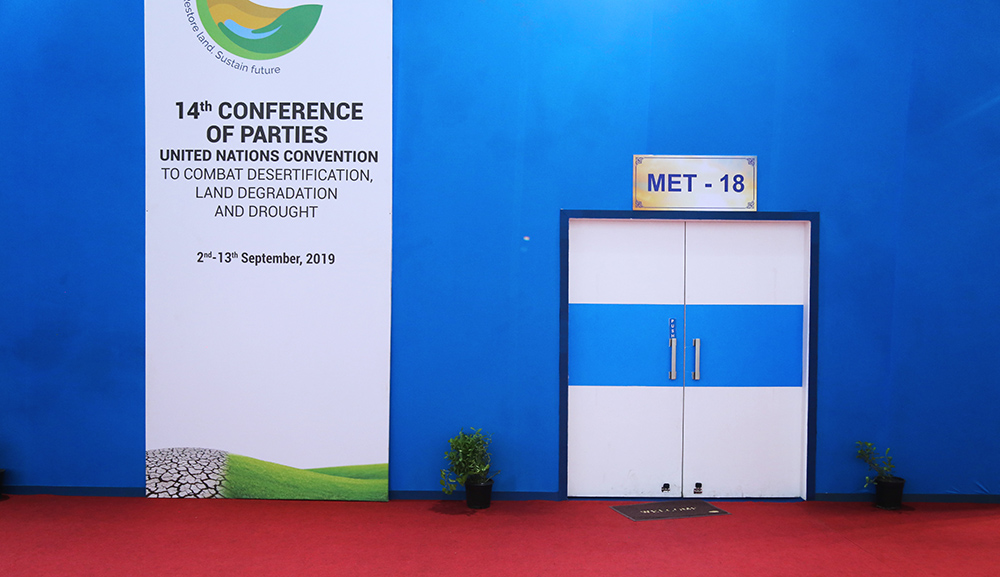
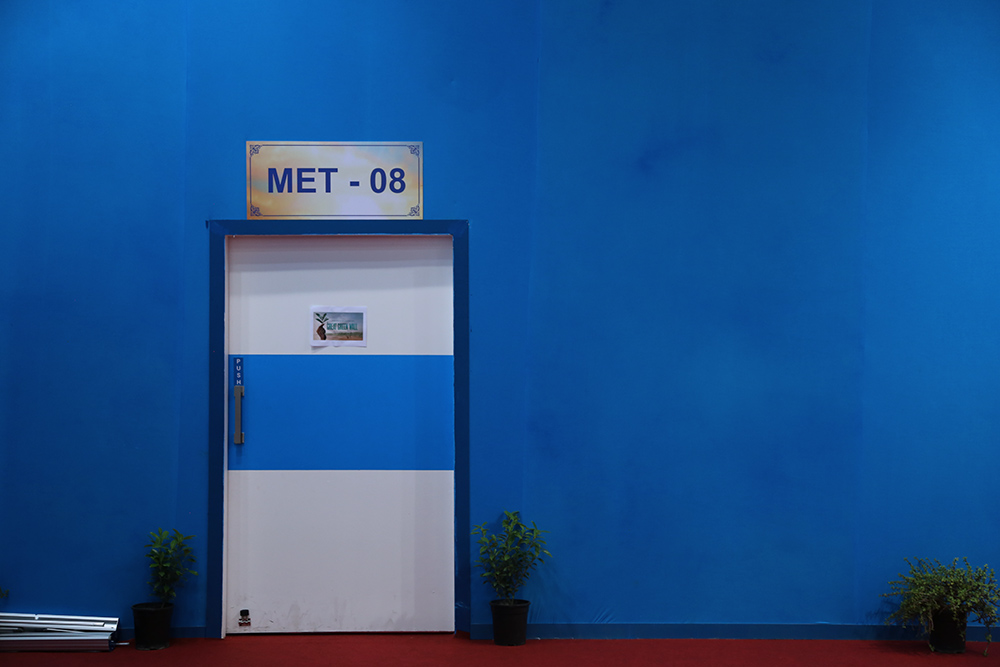
Committee for the Review of the Implementation of the Convention
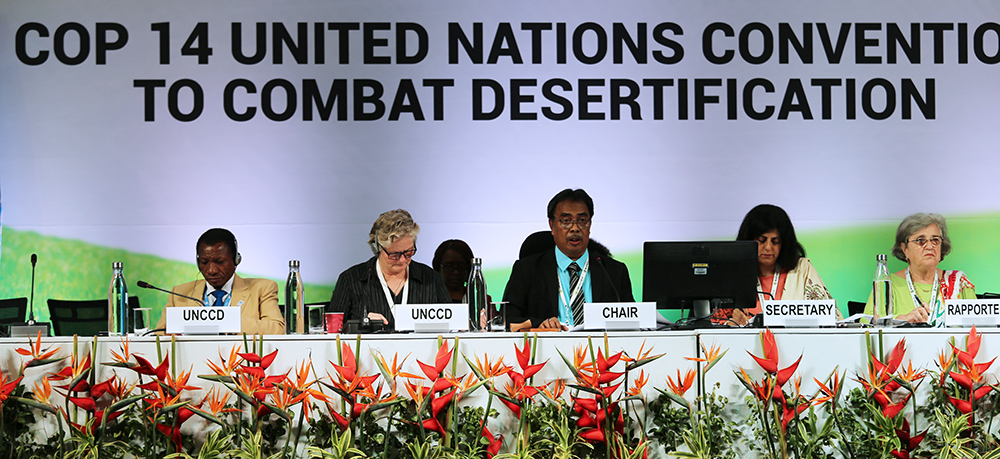
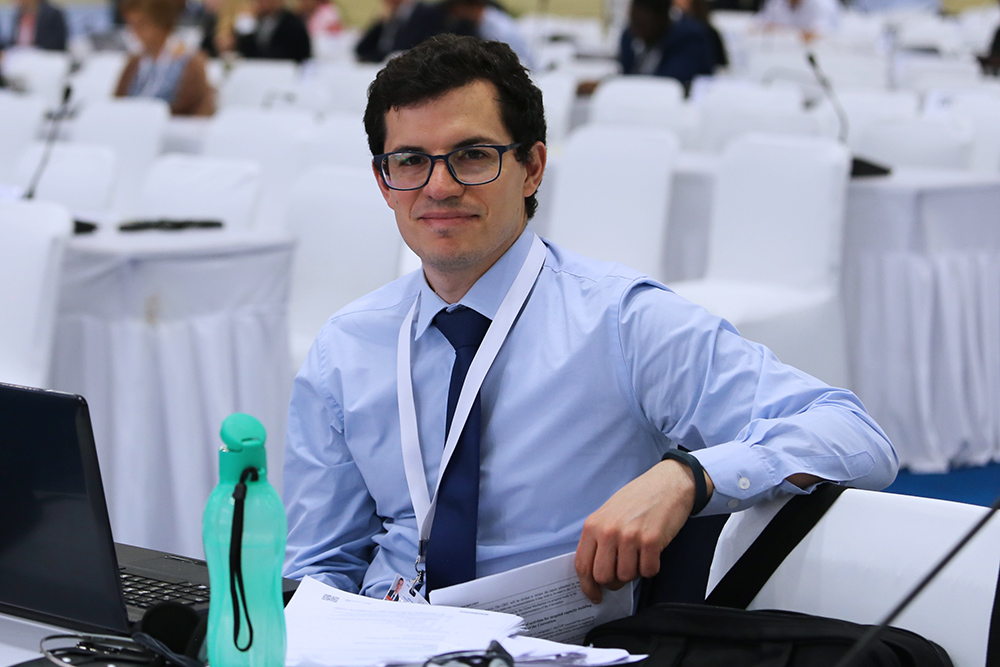
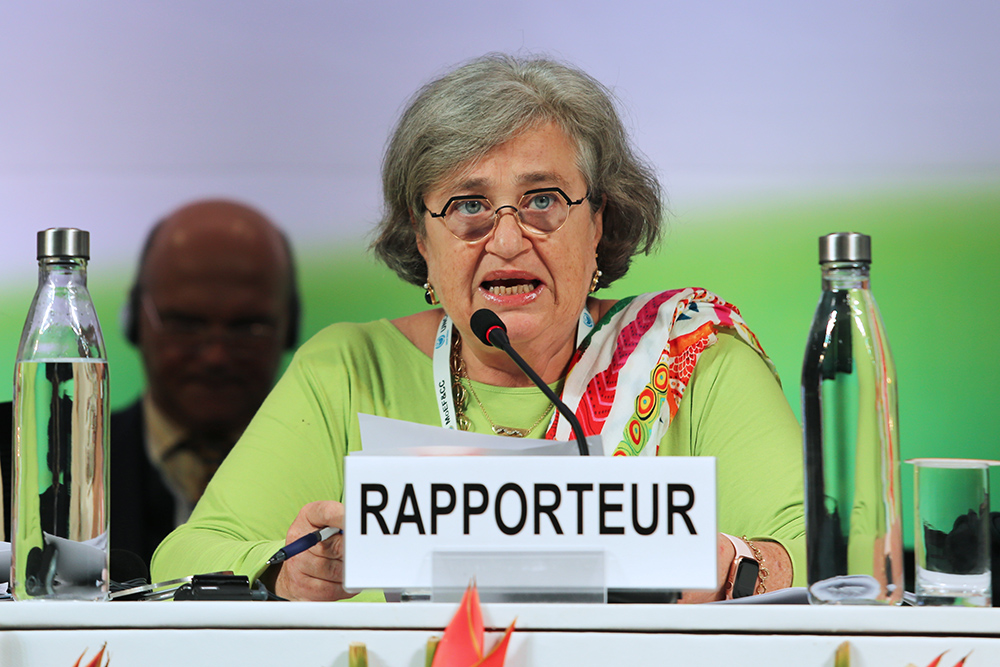
Highlights for Wednesday, 11 September 2019
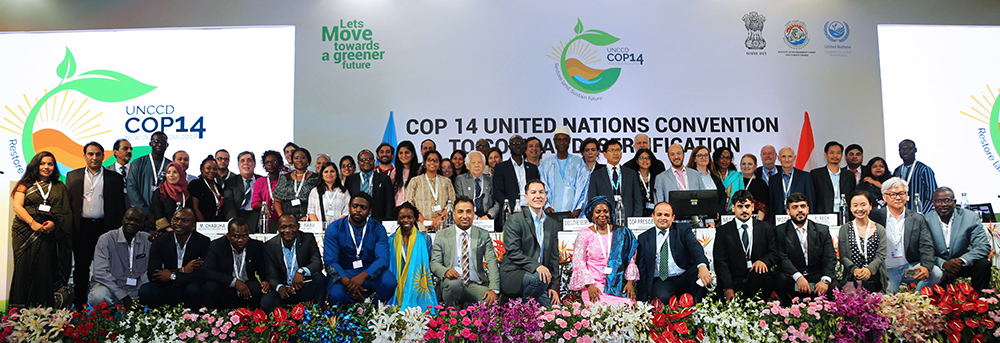
In the morning, the Conference of the Parties (COP) held the second open dialogue session with civil society, focusing on intergenerational equity, land tenure, food security, green jobs, and migration. The session was organized around two rounds of discussions: intergenerational “testimonies for legacy” aimed at stimulating an exchange between older and younger generations on how to sustain the earth’s resources for future generations; and learning from civil society initiatives on the ground.
Delegates watched a film about Yacouba Sawadogo’s contribution to restoring degraded land in the Sahel using traditional Za’i water efficient techniques. He described his motivation as “I don’t want to eat today and leave future generations with nothing to eat.”
The dialogue closed with a performance by Senegalese musician Baaba Maal, who recalled the rich cultural traditions of the Sahel that pass on messages of peace and love, and the imperative to protect the land for future generations.
In the afternoon, the contact group preparing draft decision texts by the Committee for the Review of the Implementation of the Convention (CRIC) concluded its work. Meanwhile, the Committee of the Whole (COW) contact group on other matters finalized draft decisions on collaboration with civil society organizations (CSOs) and the private sector, and continued consideration of decisions on drought and land tenure into the evening. The COW contact group on budget also worked through the afternoon and evening on the programme and budget for the biennium 2020-2021.
Events on the sidelines of the plenary sessions included, ‘Towards Common Goals: Achieving impact in land-based approaches for sustainable development,’ convened by the UN Environment Programme, and ‘100 Landscapes for 1 Billion People: Towards a Strategy for Scaling Locally-Driven Landscape Regeneration,’ hosted by the UN Development Programme.
The Rio Conventions Pavilion featured the Drought Preparedness Day, presenting successes and challenges of current drought tools, methodologies and policies, and featuring the UNCCD Drought Initiative and other important partnerships and frameworks in this area.
For more details on the day’s negotiations and to hear what delegates said in the corridors, see our daily Earth Negotiations Bulletin (ENB).
+ Visit the web coverage for Wednesday, 11 September 2019
+ Read the ENB report for Wednesday, 11 September 2019 in EN/HTML | FR/HTML or EN/PDF | FR/PDF format.
Testimonies for Legacy
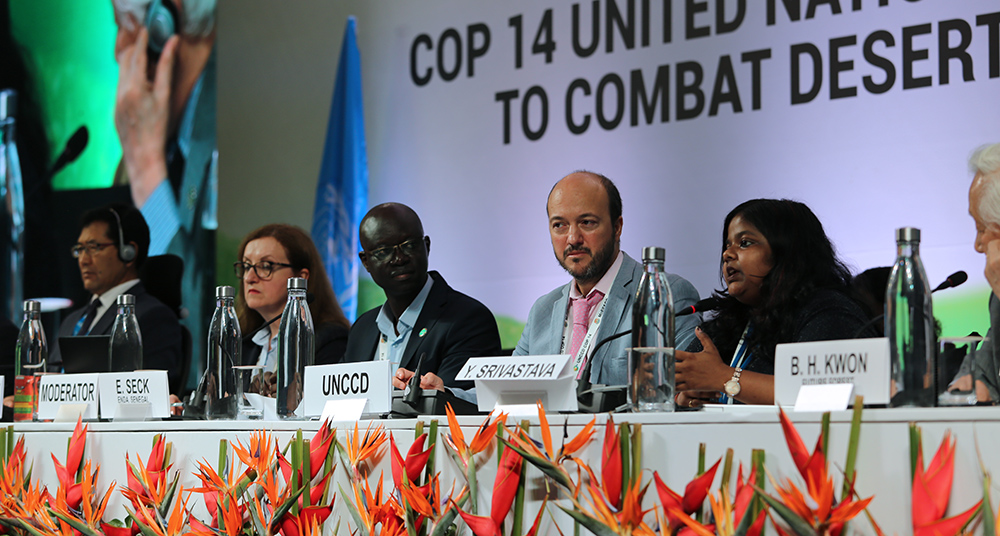
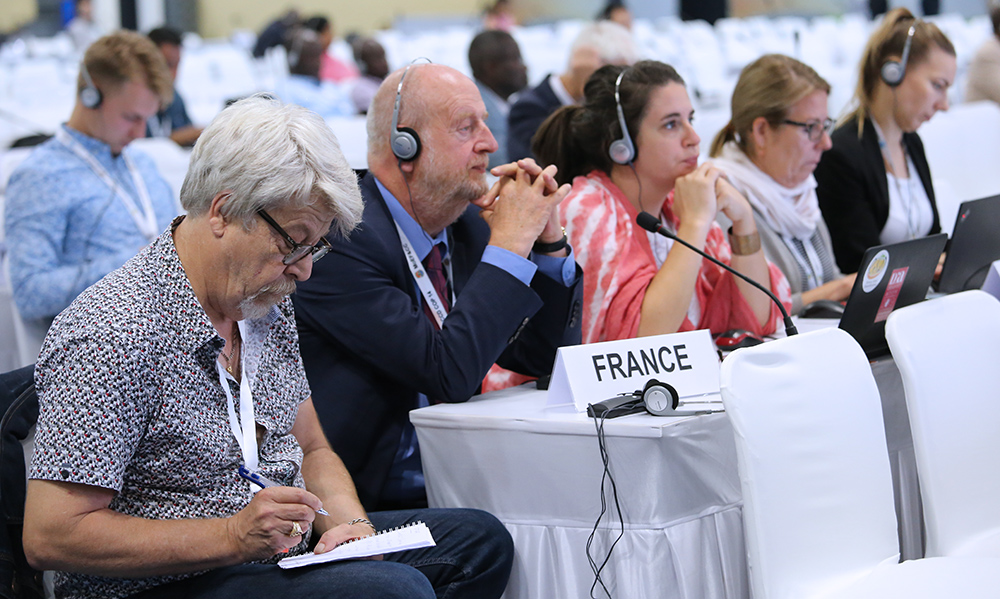
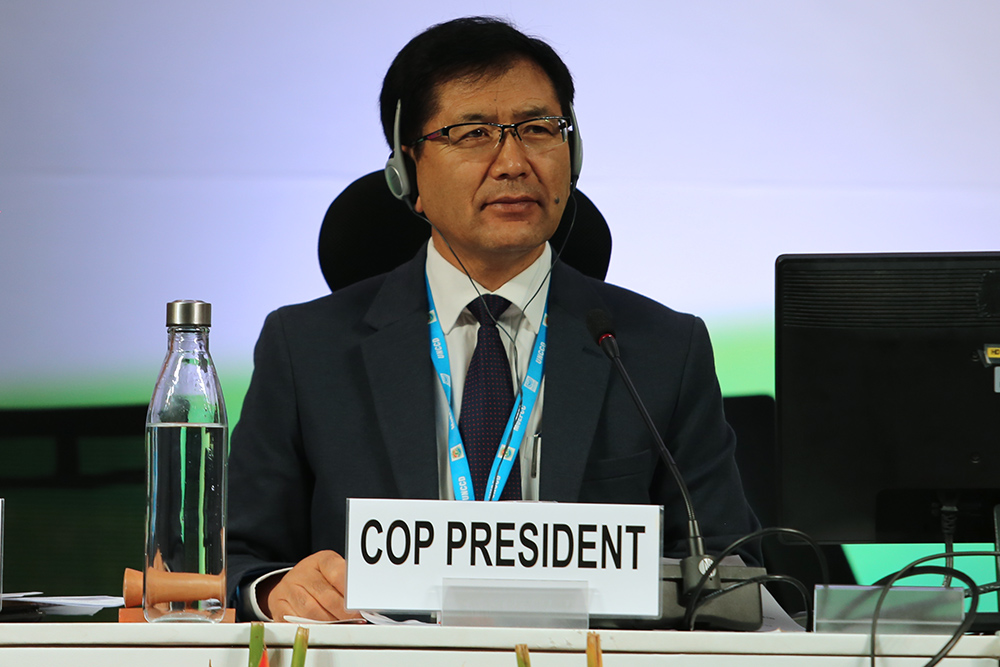
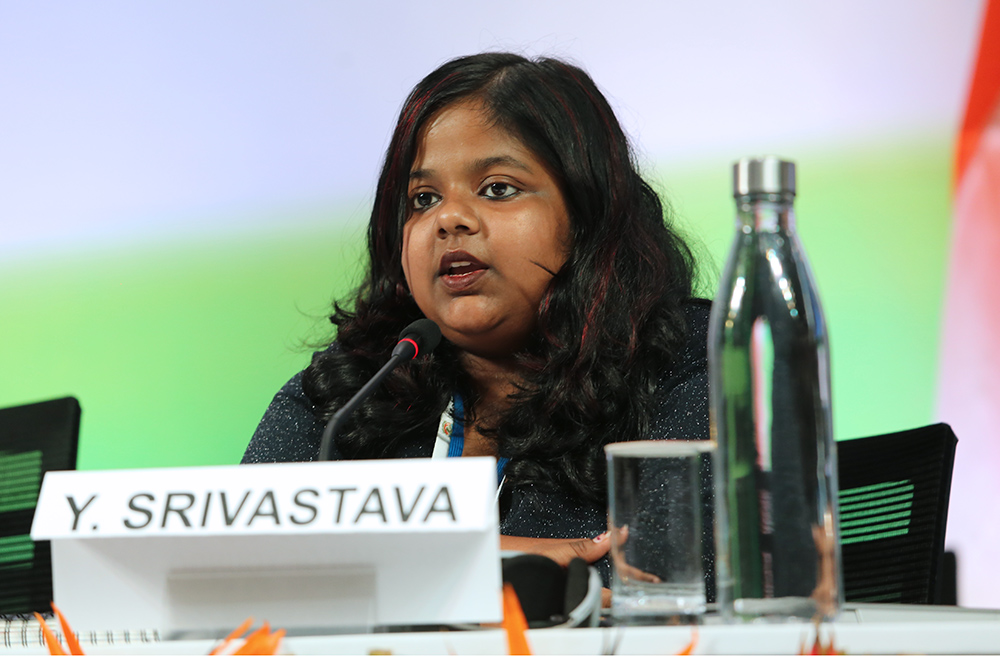
Highlights for Tuesday, 10 September 2019
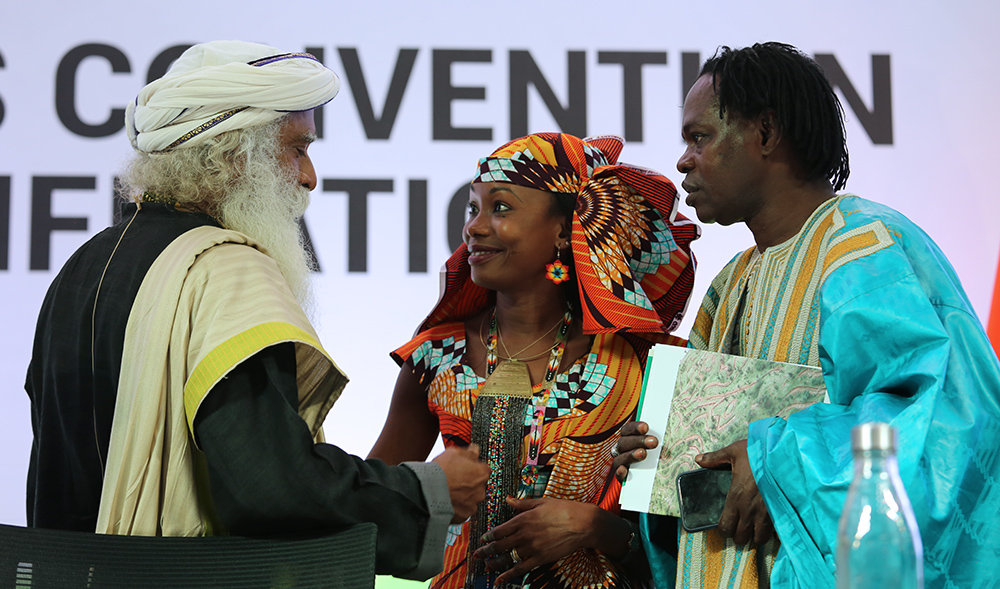
On the second day of the High-Level Segment, delegates held three interactive dialogue sessions on:
- a values-based approach to land stewardship
- healthy land – healthy people
- boosting sustainable value chains for land-based business
In the morning, delegates also heard country statements on progress made in implementing the Convention.
During the closing plenary of the High-Level Segment, chairs of the ministerial roundtable discussions and interactive dialogues presented the outcomes and also took note of progress towards developing the New Delhi Declaration. These outcomes highlighted:
- the need to protect financial capital in the face of rapid population growth and the resultant pressure on global land resources;
- the importance of participatory and inclusive dialogue among stakeholders; and
- desertification and land degradation is a global responsibility that requires partnerships at all levels, and should be guided by scientific knowledge and technology.
In closing, COP 14 President Javadekar lauded Indian Prime Minister Narendra Modi for his commitment to restore 26 million hectares of land, create centers of excellence on land issues, and phase out single-use plastic in India.
Events held on the sidelines of the meeting included a high-level luncheon to launch the Peace Forest Initiative, which aims to support joint rehabilitation of degraded areas in post-conflict settings; a consultation on the UN Decade on Ecosystem Restoration 2021-2030; and the Day of Action for Land at the Rio Conventions Pavilion focusing on implementation of land degradation neutrality (LDN) projects.
At the Technology Fair, participants discussed digitalization to foster the urban-rural nutrient and carbon cycle towards sustainable and healthy soils. In the evening, a consultation was held among the ministers of French-speaking communities to promote the development of transformative projects and the mobilization of resources for the implementation of LDN in Francophone areas.
In parallel, delegates in the contact groups continued to negotiate draft decision text into the evening.
For more details on the day’s negotiations and to hear what delegates said in the corridors, see our daily Earth Negotiations Bulletin (ENB).
+ Visit the web coverage for Tuesday, 10 September 2019
+ Read the ENB report for Tuesday, 10 September 2019 in EN/HTML | FR/HTML or EN/PDF | FR/PDF format.
A Values-Based Approach to Land Stewardship

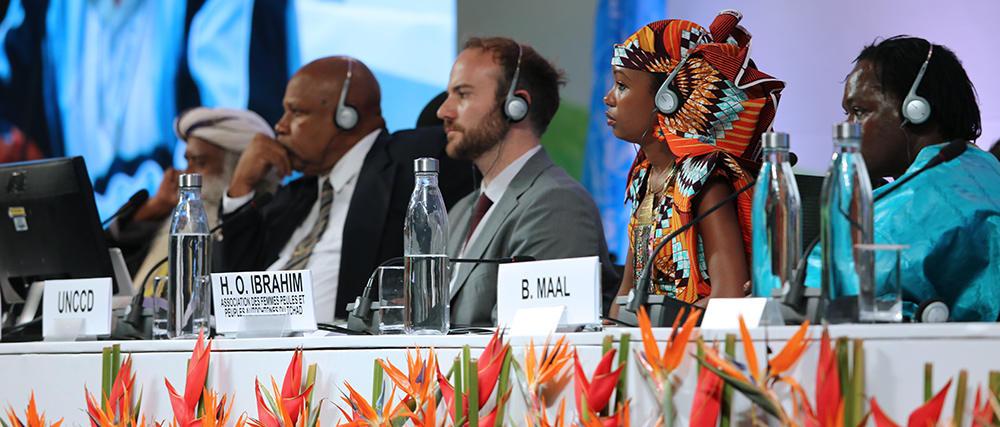
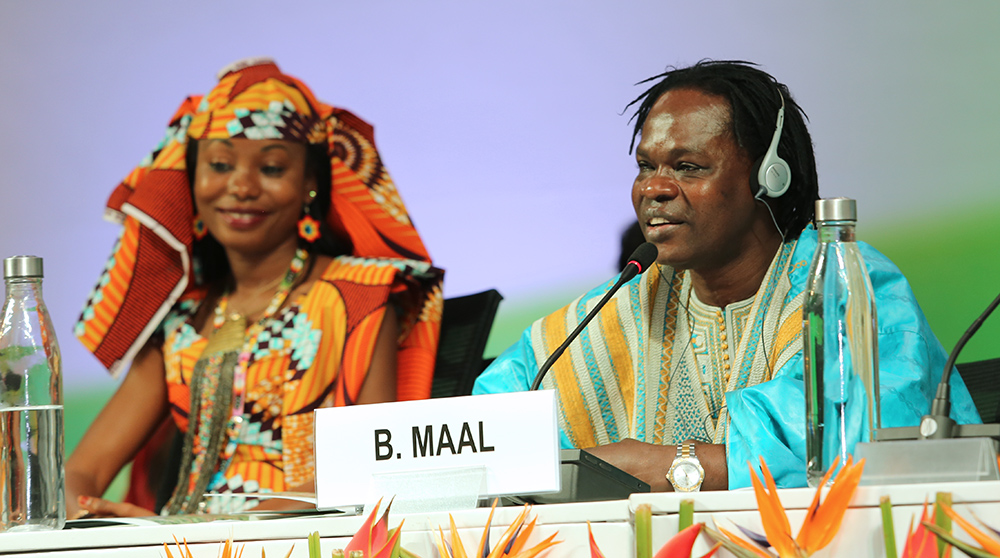
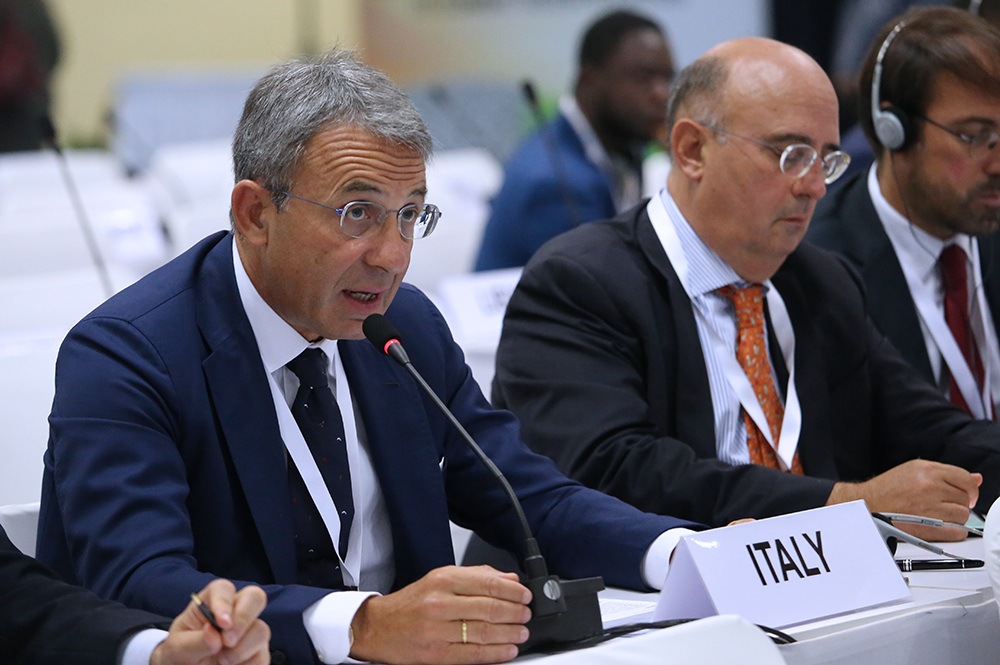
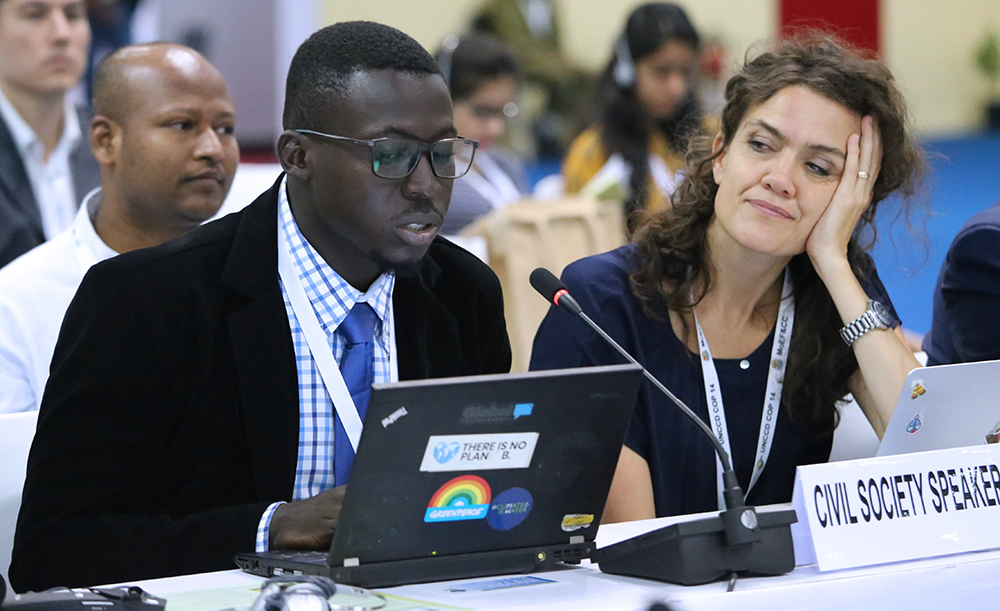
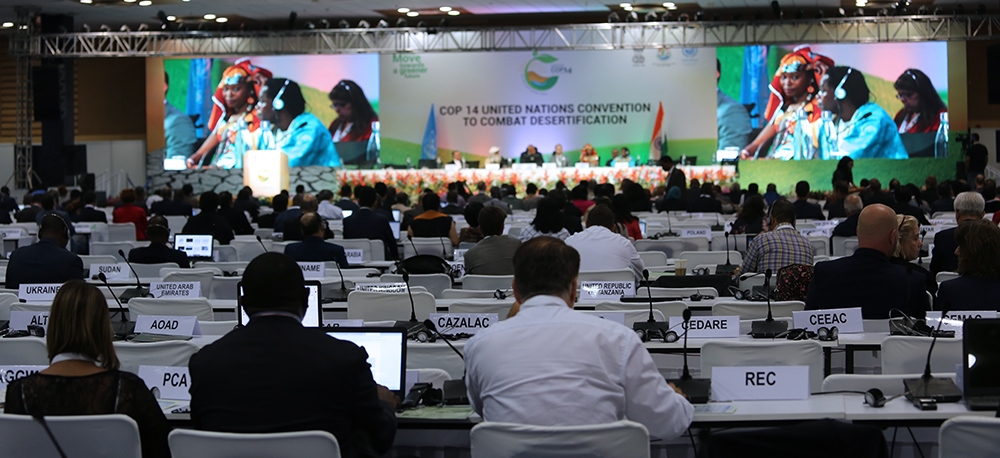
Highlights for Monday, 9 September 2019
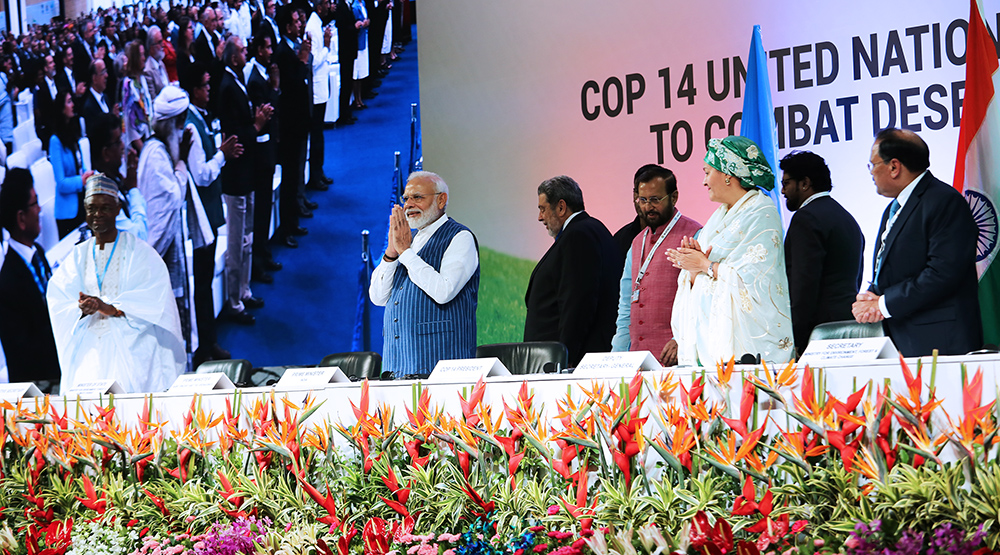
On Monday morning, the opening ceremony of the two-day High-Level Segment of 14th session of the Conference of the Parties (COP 14) took place with addresses by UN leaders and Heads of State, and special statements by ministers representing regional groups.
Prakash Javadekar, Minister of Environment, Forest and Climate Change, India, and COP 14 President, pledged India’s commitment to use its COP Presidency to reverse the negative contribution of human activities to land degradation. Ibrahim Thiaw, UNCCD Executive Secretary, reminded delegates of the common goal of ensuring a safe, prosperous and equitable society for every child born today. Amina Mohammed, UN Deputy Secretary-General, gave special recognition to young people and called for solutions that “let people thrive, not just survive.”
India’s Prime Minister, Narendra Modi, reaffirmed his commitment to the goals of the Rio Conventions and the Sustainable Development Goals (SDGs), and announced his government’s support for enhanced South-South Cooperation and a “Global Water Action Agenda,” to maximize synergies through holistic land and water management.
Ralph Gonsalves, Prime Minister, Saint Vincent and the Grenadines, stressed that science has “definitively detailed” the extent of the existential threat facing humanity, but "our collective response has not lived up to the task."
In the afternoon, three ministerial roundtables convened, addressing:
- land, climate and renewable energy;
- rural and urban communities – “failing or flourishing together”; and
- fostering a global movement for ecosystem restoration.
In parallel with the roundtable sessions, contact groups continued negotiations on draft decision texts, addressing matters relating to the budget, as well as the policy advocacy frameworks.
Other events of the day included a dialogue with UNDP Administrator Achim Steiner addressing linkages between climate change and human development, a breakfast meeting on the Great Green Wall for the Sahel initiative, and a high-level luncheon on the Climate Action Summit.
For more details on the day’s negotiations and to hear what delegates said in the corridors, see our daily Earth Negotiations Bulletin (ENB).
+ Visit the web coverage for Monday, 9 September 2019
+ Read the ENB report for Tuesday, 10 September 2019 in EN/HTML | FR/HTML or EN/PDF | FR/PDF format.
Opening Ceremony of the High-Level Segment
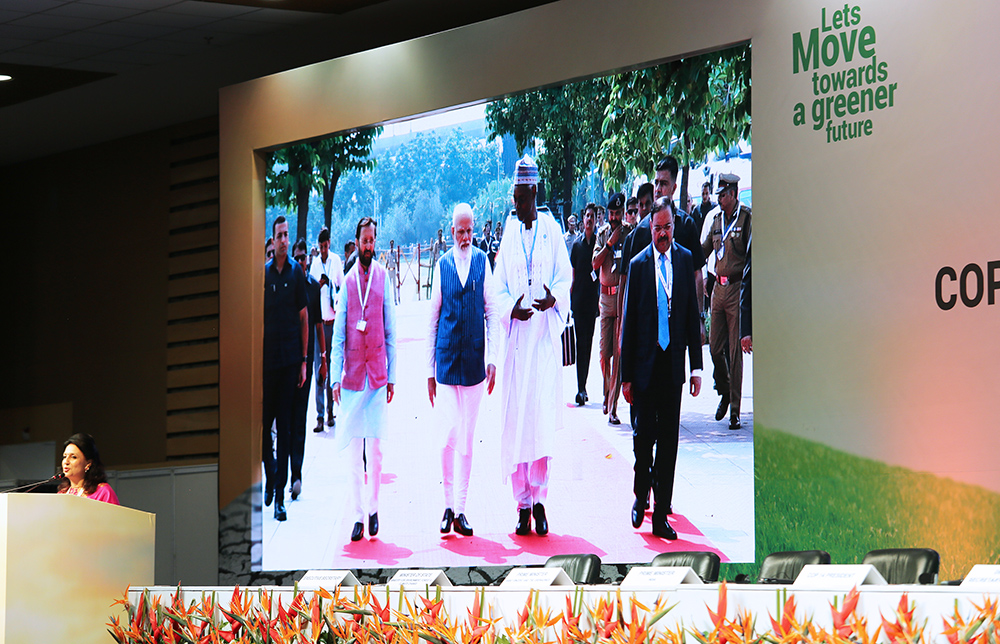
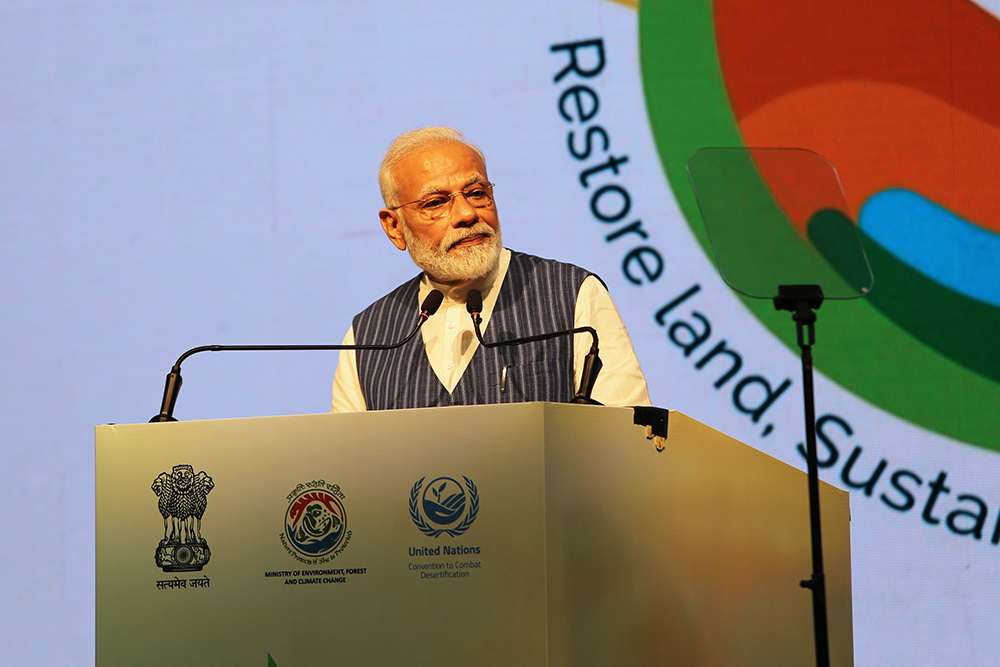
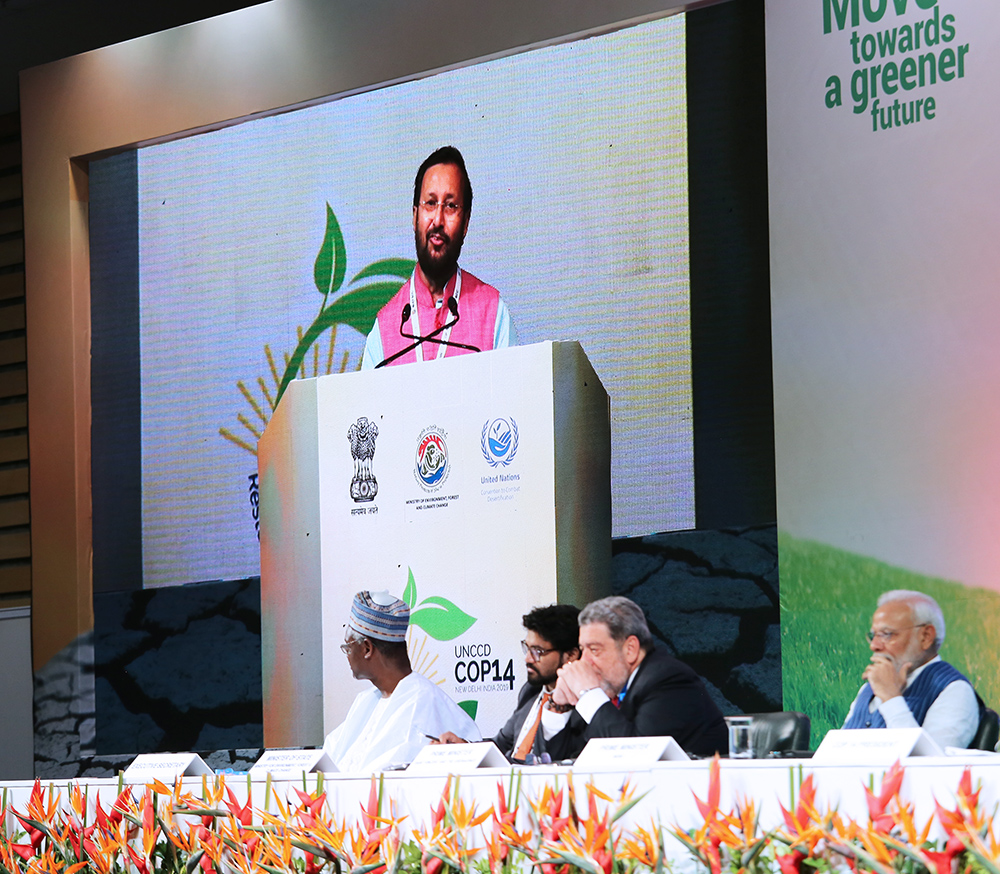
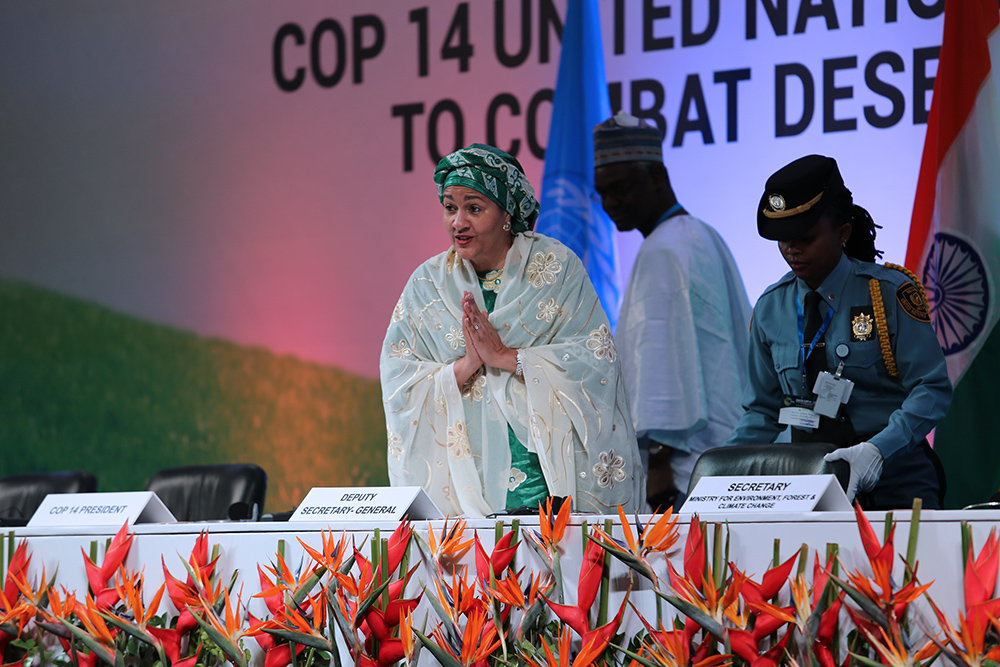
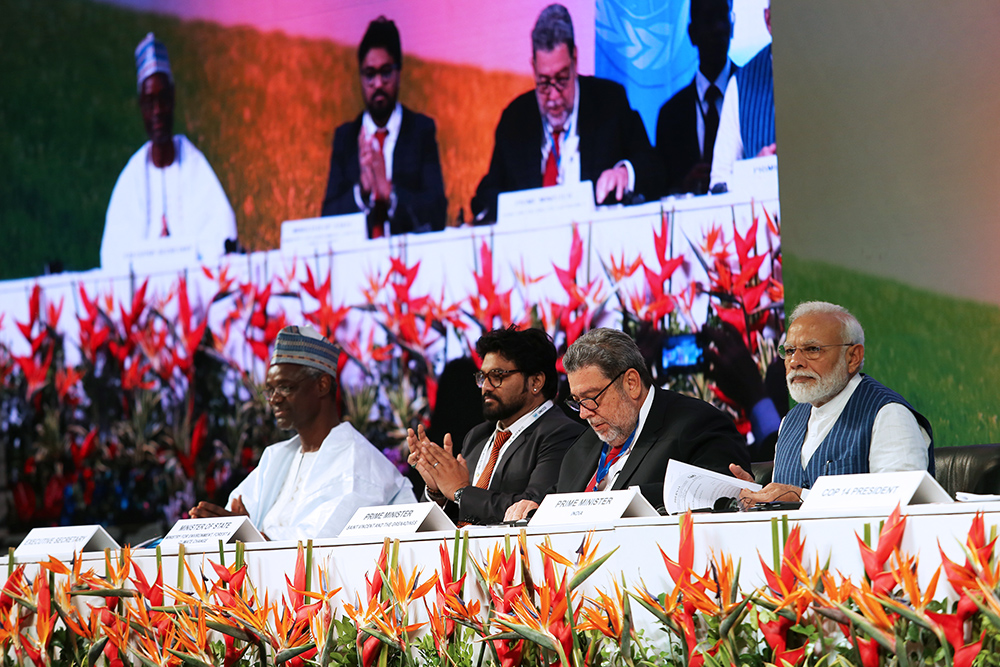
Highlights for Friday, 6 September 2019
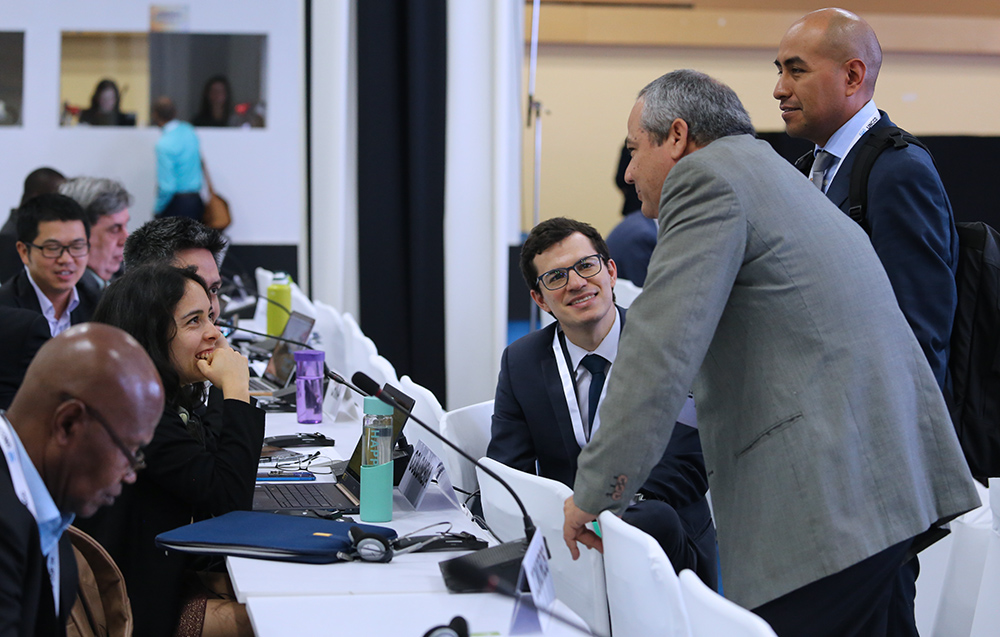
On Friday morning, delegates began consideration of land tenure, one of the new and emerging themes on the Conference of the Parties (COP) agenda. Initial reactions from parties indicated that while there is broad recognition that land governance is critical in creating an enabling environment for sustainable land management and achieving the Sustainable Development Goals (SDGs), many governments are concerned that recommendations on this issue might infringe on their sovereignty.
On a more positive note, the Committee on Science and Technology (CST) contact group completed its work. In closing remarks, Barron Orr, UNCCD Lead Scientist, commented: “I want to take my Secretariat hat off, and speak to you as a scientist. Maybe you are not aware, but what you have accomplished here by creating a bridge between science and policy decisions is huge, and I thank you for that.”
During other contact group sessions, delegates made progress on budget and financing texts and began consideration of the cluster of decisions relating to UNCCD policy advocacy frameworks on gender, drought, migration, and sand and dust storms. Work also continued on the New Delhi Declaration, to be adopted at the conclusion of the Conference.
In the evening, the CST adopted six draft decisions, including:
- items resulting from the work programme of the Science-Policy Interface (SPI) for the previous (2018-2019) and future biennium (2020-2021);
- interfacing science and policy, and sharing knowledge; and
- the programme of work for the 15th session of the CST.
After electing the officers other than the Chair for CST 15, Chair Fiati lauded the successful completion of CST’s work. He said the excellent quality of decisions demonstrated parties’ determination and cooperation, and adjourned the session at 8:10 pm.
The day concluded with a brief plenary session of the COP, which adopted the report of the CST as well as a procedural decision on credentials of delegations.
For more details on the day’s negotiations and to hear what delegates said in the corridors, see our daily Earth Negotiations Bulletin (ENB).
+ Visit the web coverage for Friday, 6 September 2019
+ Read the ENB report for Friday, 6 September 2019 in EN/HTML | FR/HTML or EN/PDF | FR/PDF format.
Committee of the Whole
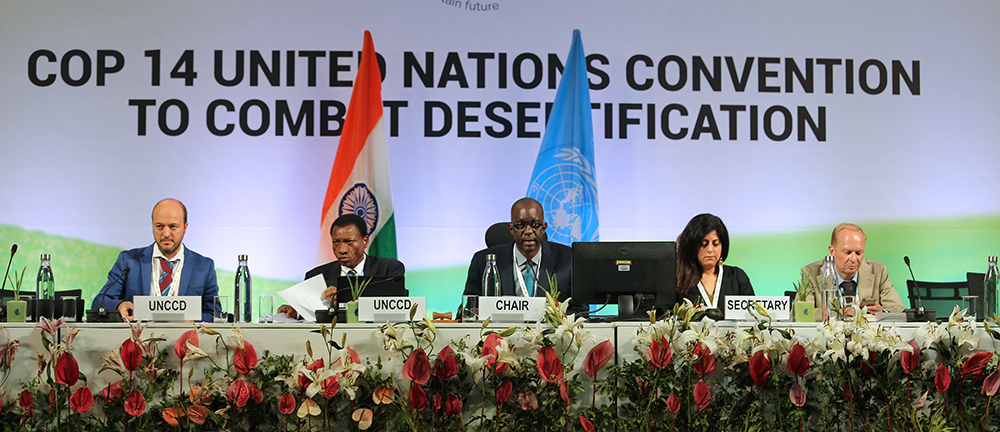
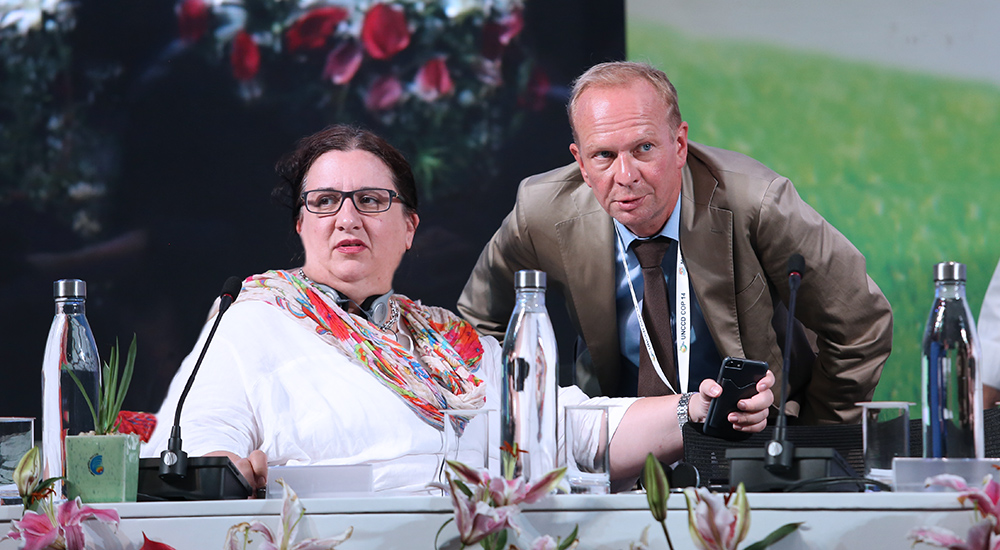
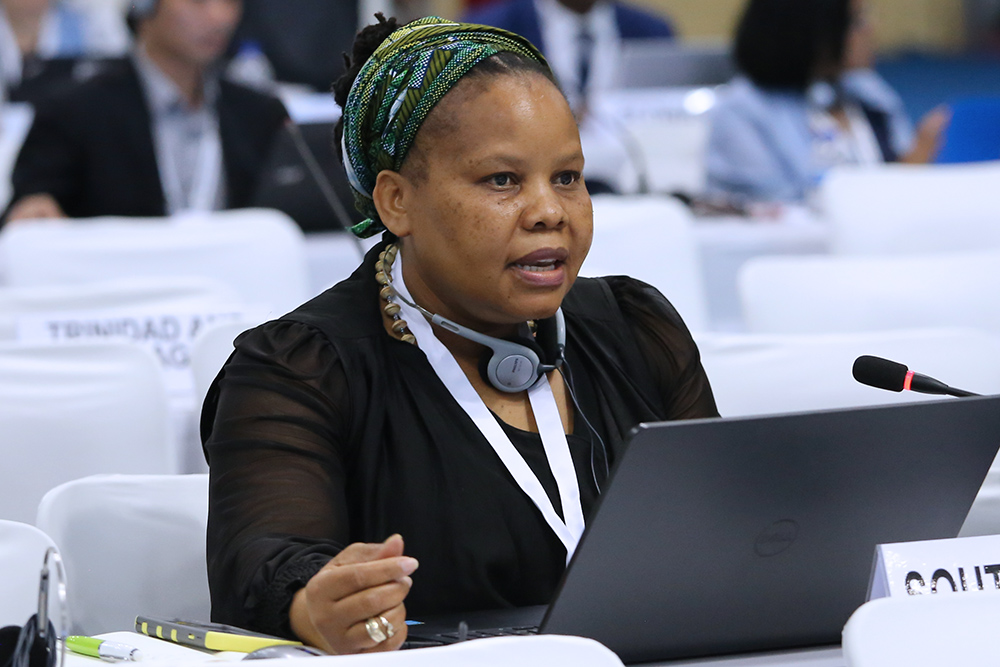
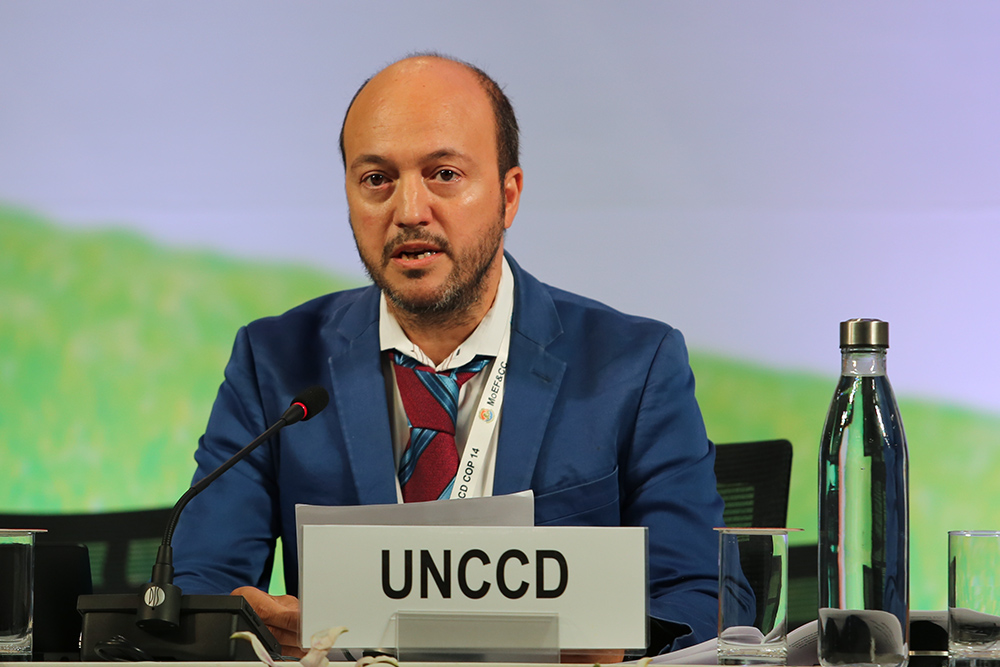
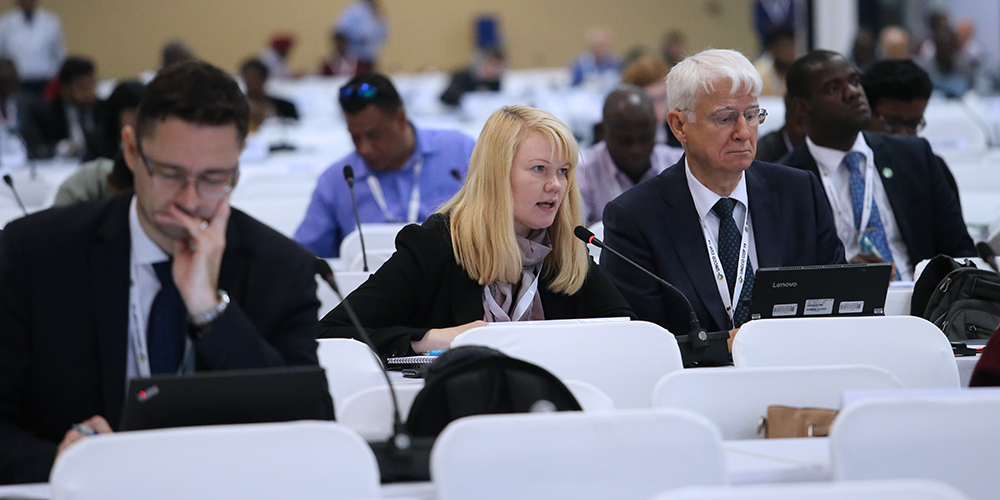
Highlights for Thursday, 5 September 2019
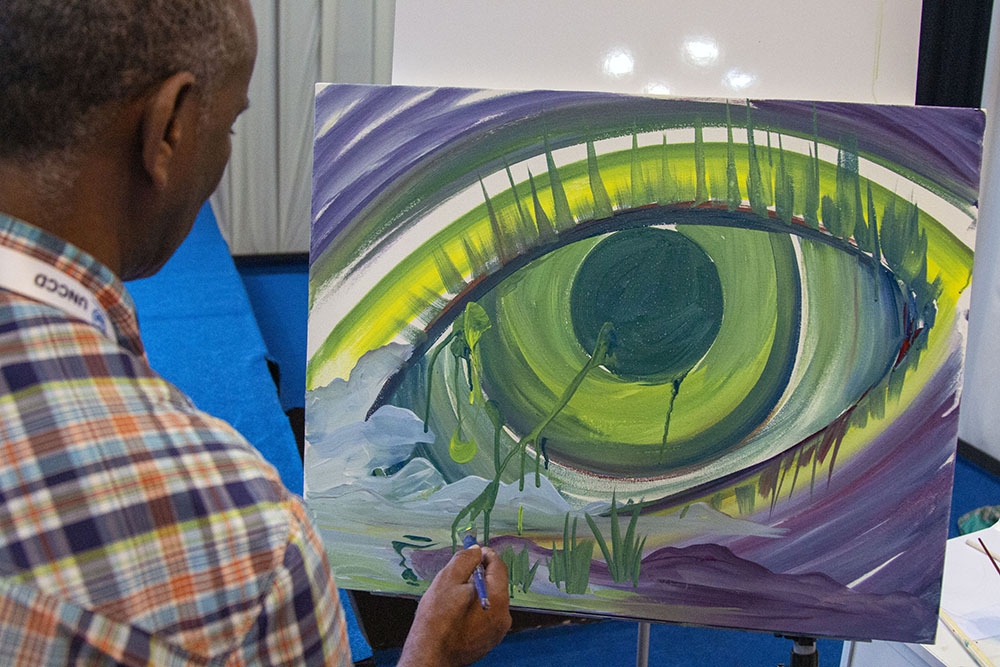
Delegates attending the 14th Conference of the Parties (COP 14) to the UN Convention to Combat Desertification (UNCCD) reviewed progress in implementing policy advocacy frameworks on drought, sand and dust storms, gender and migration, that were adopted at COP 13 in 2017.
Delegates also addressed the role of the Science-Policy Interface (SPI) and the UNCCD Knowledge Hub in analyzing and disseminating knowledge and best practices.
In the afternoon, the COP held the first of two open dialogue sessions with civil society, which focused on how to enhance land tenure security in the context of land degradation neutrality (LDN). The dialogue highlighted, among other issues:
- the contribution of land tenure security to the achievement of the Convention’s 2030 objectives, especially on land restoration;
- mechanisms for legally recognizing the collective and customary tenure rights of indigenous peoples and local communities; and
- how to strengthen gender-responsive processes in land-related decision making.
Many delegates commended the tireless efforts of CSOs to ensure that land tenure is recognized as one of the new and emerging themes on the official agenda of COP 14.
The fourth day of COP 14 also coincided with the Science Day at the Rio Conventions Pavilion, taking place on the sidelines of the Conference. This created a natural link between discussions at the two settings, providing an opportunity to showcase how scientific collaboration can enhance synergies across the three Conventions.
One of the sessions of the Day presented the recent scientific assessments by the Intergovernmental Panel on Climate Change (IPCC) and the Intergovernmental Science-Policy Platform on Biodiversity and Ecosystem Services (IPBES) exploring how land-based solutions can contribute to, respectively, combating climate change and strengthening biodiversity conservation.
For more details on the day’s negotiations and to hear what delegates said in the corridors, see our daily Earth Negotiations Bulletin (ENB).
IISD Reporting Services, through its ENB meeting coverage, is providing daily web coverage and daily reports from UNCCD COP 14. In addition, IISD Reporting Services will publish a summary and analyrs report from this session on Monday, 16 September 2019.
Photos by IISD/ENB | Ángeles Estrada
For photo reprint permissions, please follow instructions at our Attribution Regulations for Meeting Photo Usage Page
+ Visit the web coverage for Thursday 5 September 2019
+ Read the ENB report for Thursday, 5 September 2019 in EN/HTML | FR/HTML or EN/PDF | FR/PDF format.
Committee of the Whole
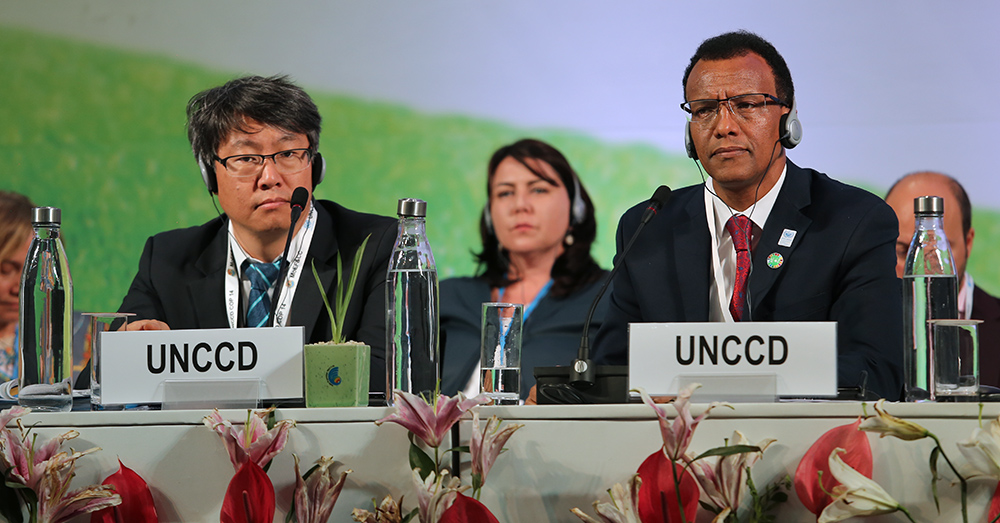
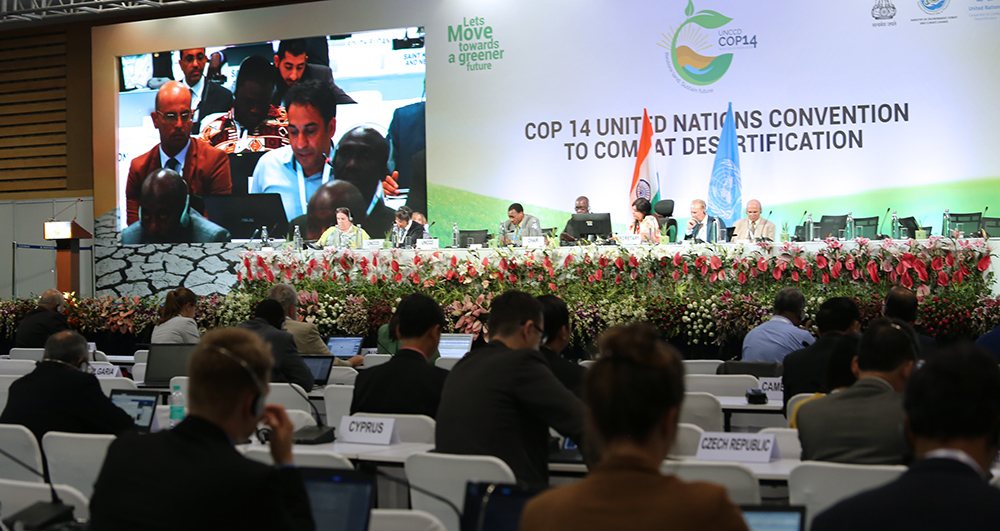
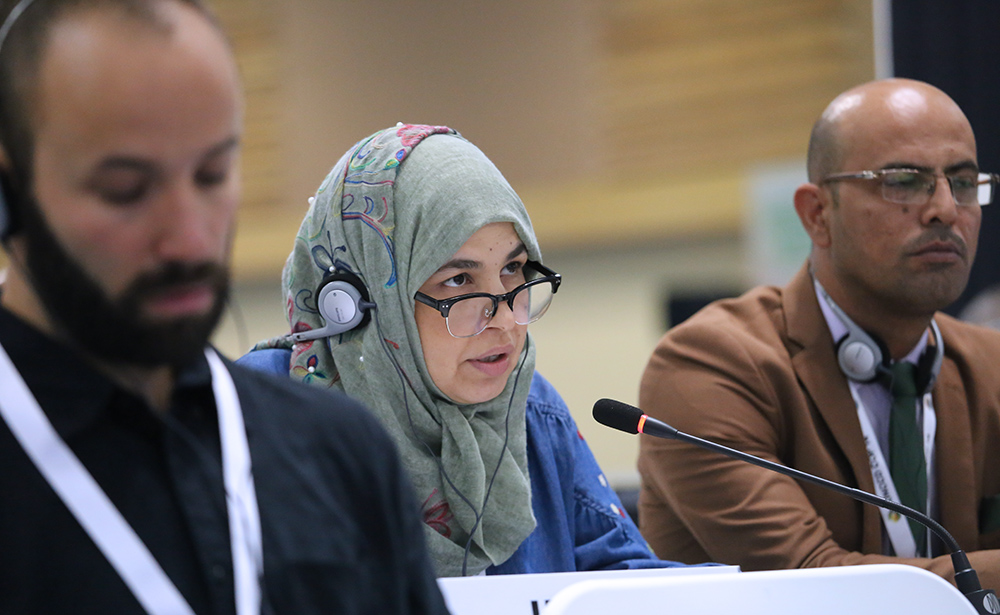
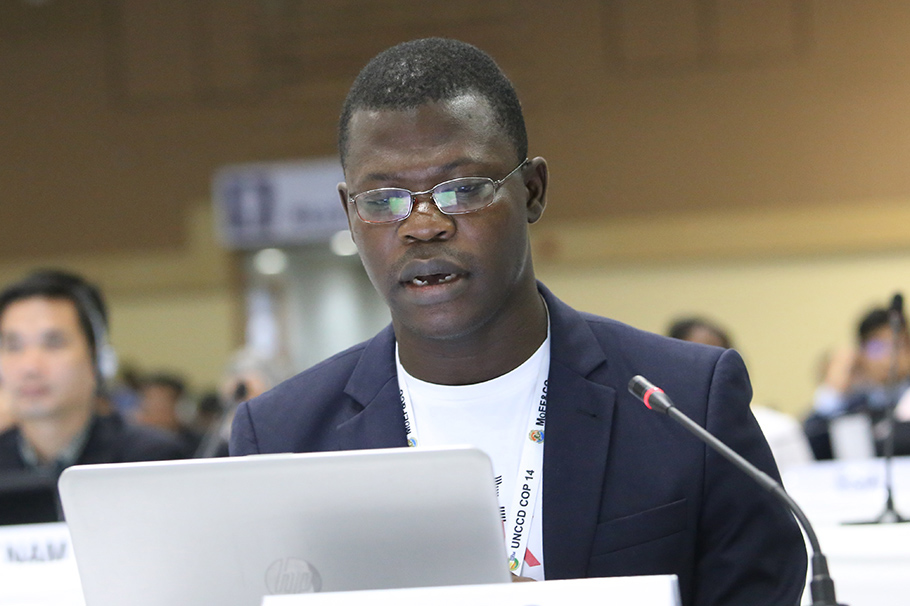
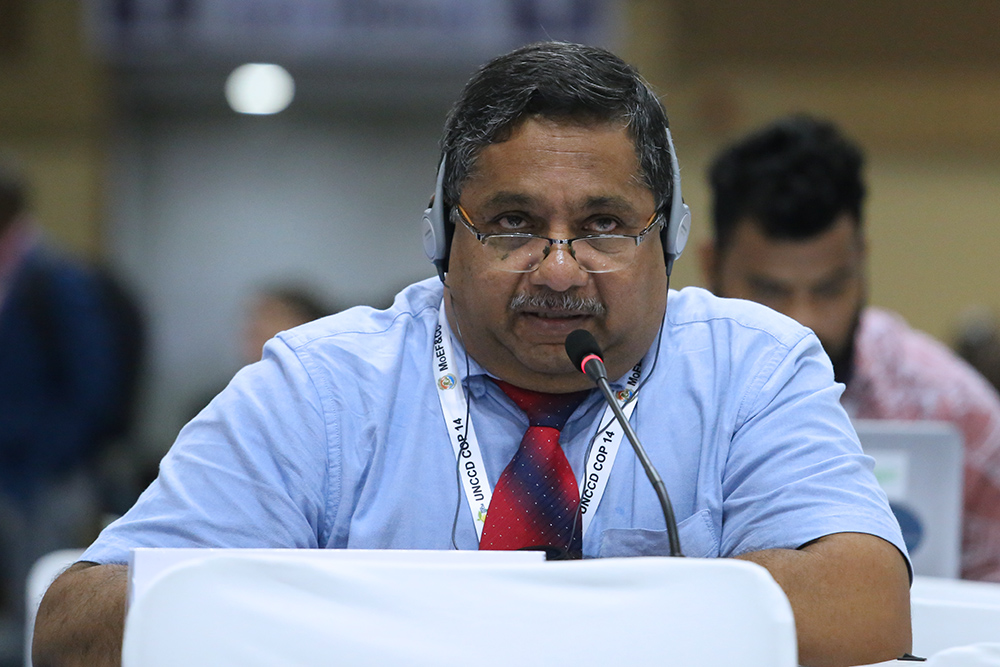
Highlights for Wednesday, 4 September 2019
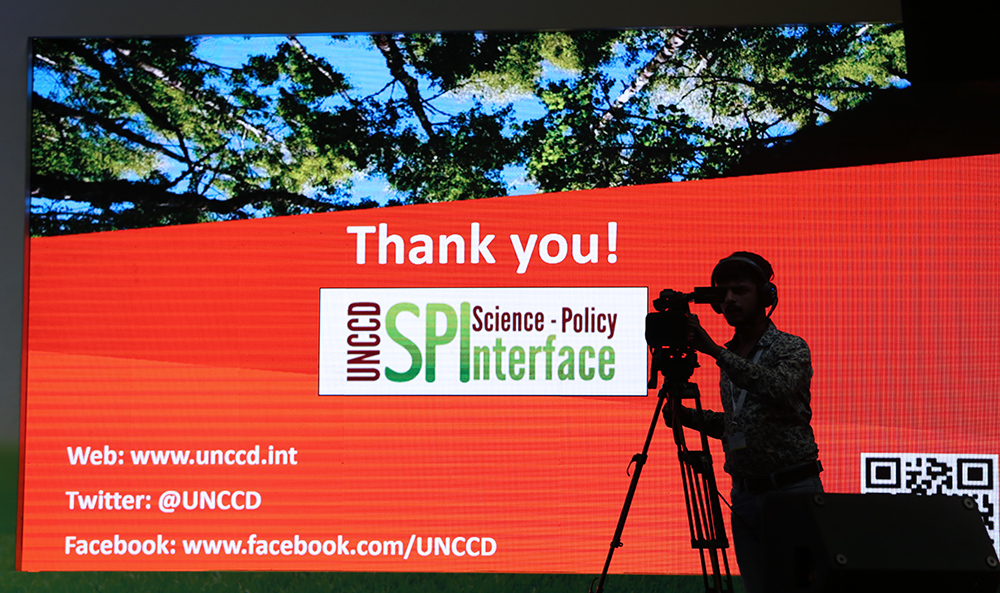
Delegates attending the 14th Conference of the Parties (COP 14) to the UN Convention to Combat Desertification (UNCCD) continued their consideration of key Convention themes, meeting in parallel sessions of the Convention’s two subsidiary bodies: the Committee for the Review of the Implementation of the Convention (CRIC); and the Committee on Science and Technology (CST).
Key themes of the day included:
- the development of harmonized indicators to support countries in monitoring drought and enhancing their preparedness;
- funding for implementation of the Convention and the land degradation neutrality (LDN) target; and
- the development of targeted capacity-building programmes for countries.
Many delegates expressed appreciation for the work of the CST and the Science-Policy Interface in strengthening the role of science, especially through their “pragmatic” guidance on how countries can develop cost-effective drought monitoring programmes that build on existing initiatives at national, regional and global level.
The role of the Global Mechanism as the operational arm of the UNCCD came under scrutiny during the CRIC morning session, with some delegations reiterating the perennial call for it not to overreach and stick to its resource mobilization mandate. In the corridors, some observers pointed to the tricky balancing act that the Secretariat has to play between being proactive and effective, while also remaining responsive to the priorities of parties.
On the margins of the Conference, more than 15 side events took place exploring, among other topics: natural capital accounting in support of LDN; contribution of global non-governmental organizations (NGOs) to the LDN 2030 target; “pathways for big money to reach local communities”; the land degradation, climate change and migration nexus in the Sahel region; and sustainable land management practices by Indian businesses.
For more details on the day’s negotiations and to hear what delegates said in the corridors, see our daily Earth Negotiations Bulletin (ENB).
+ Visit the web coverage for Wednesday, 4 September 2019
+ Read the ENB report for Wednesday 4 September 2019 in EN/HTML | FR/HTML or EN/PDF | FR/PDF format.
CRIC
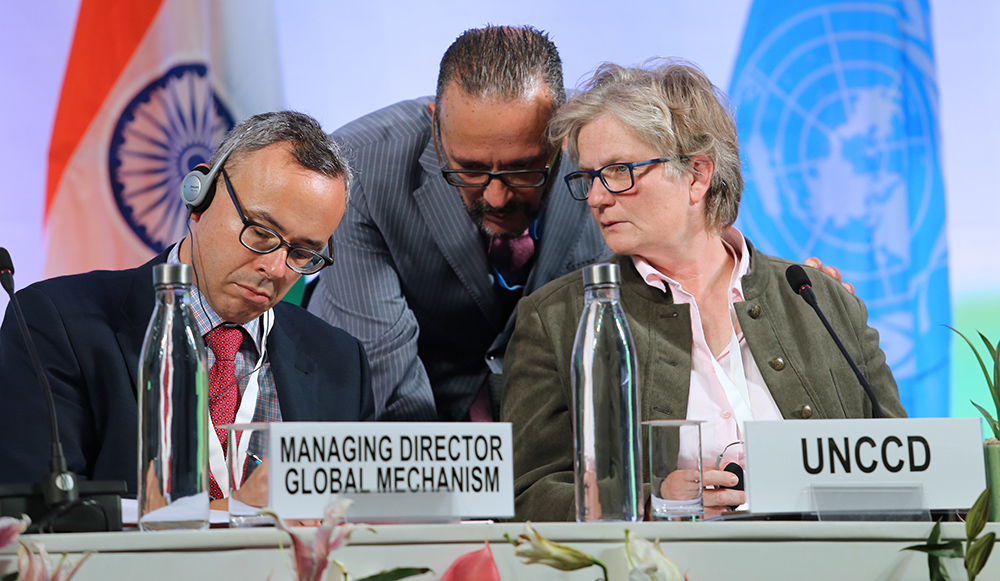
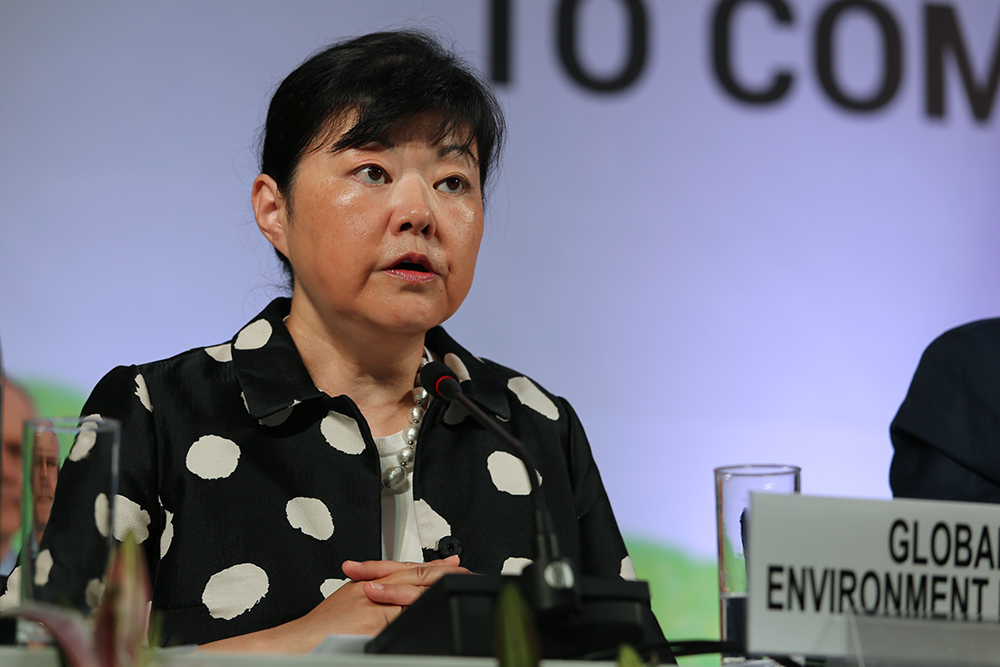
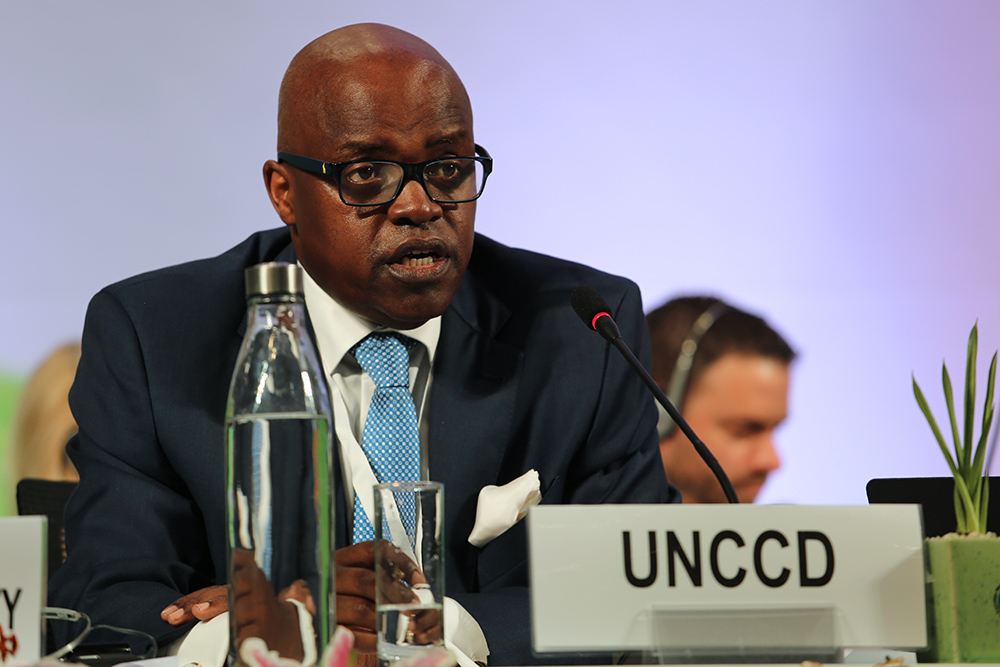

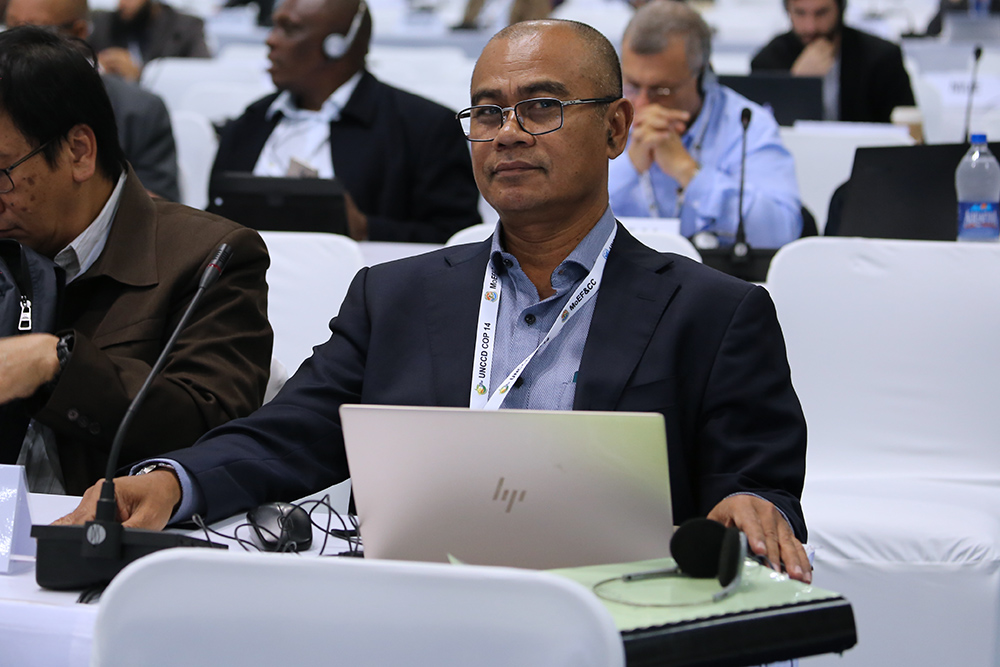

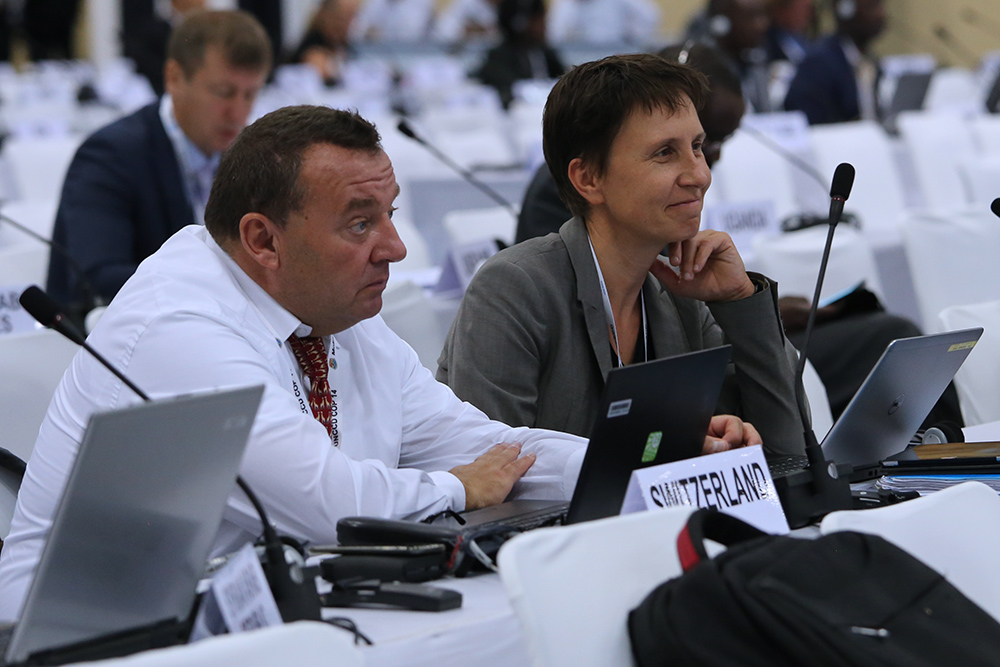
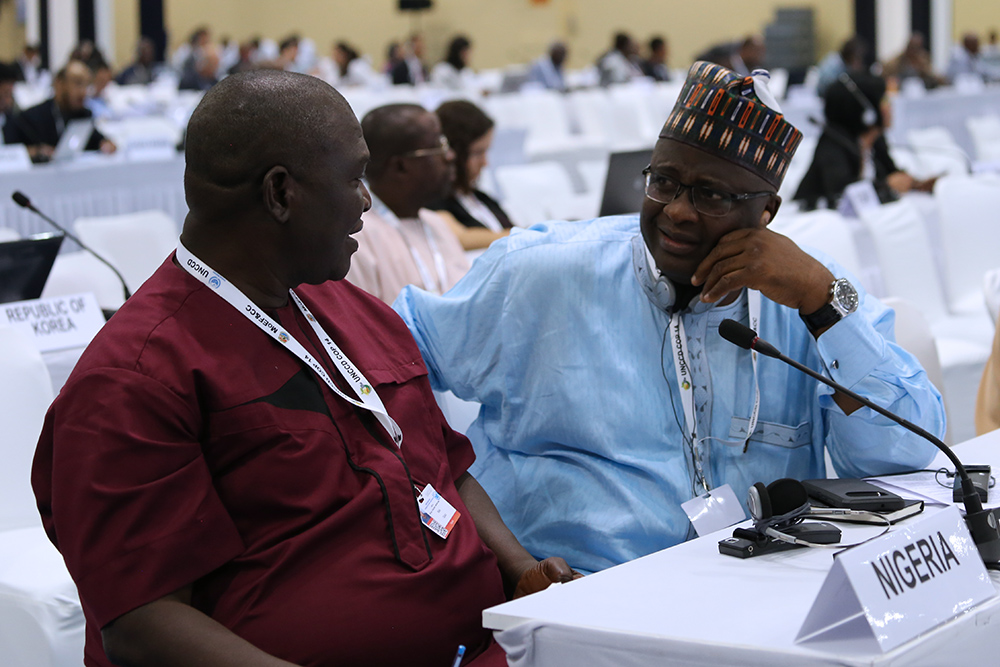
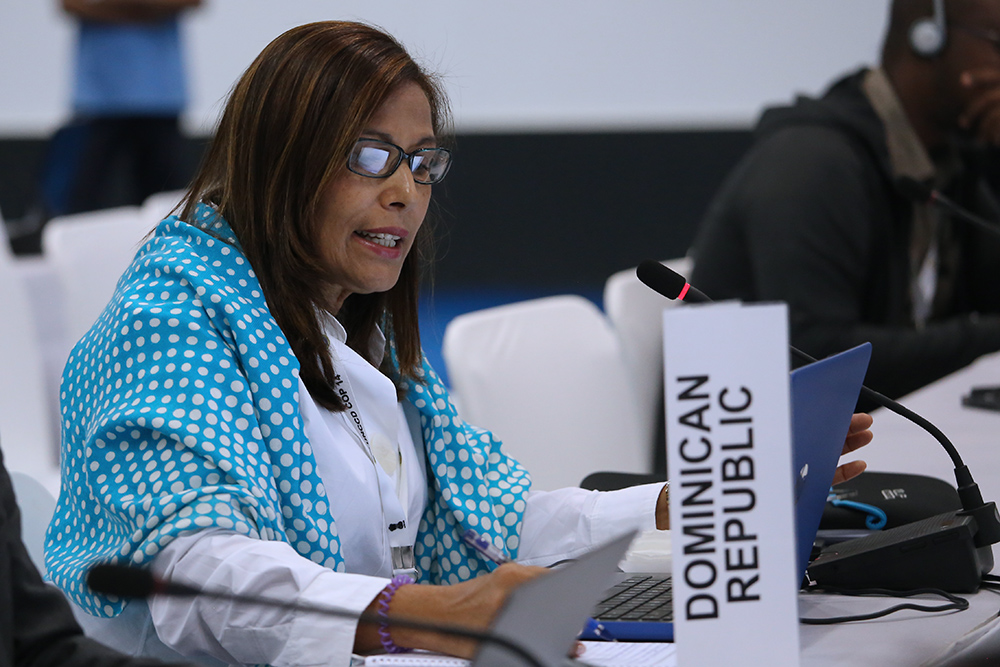
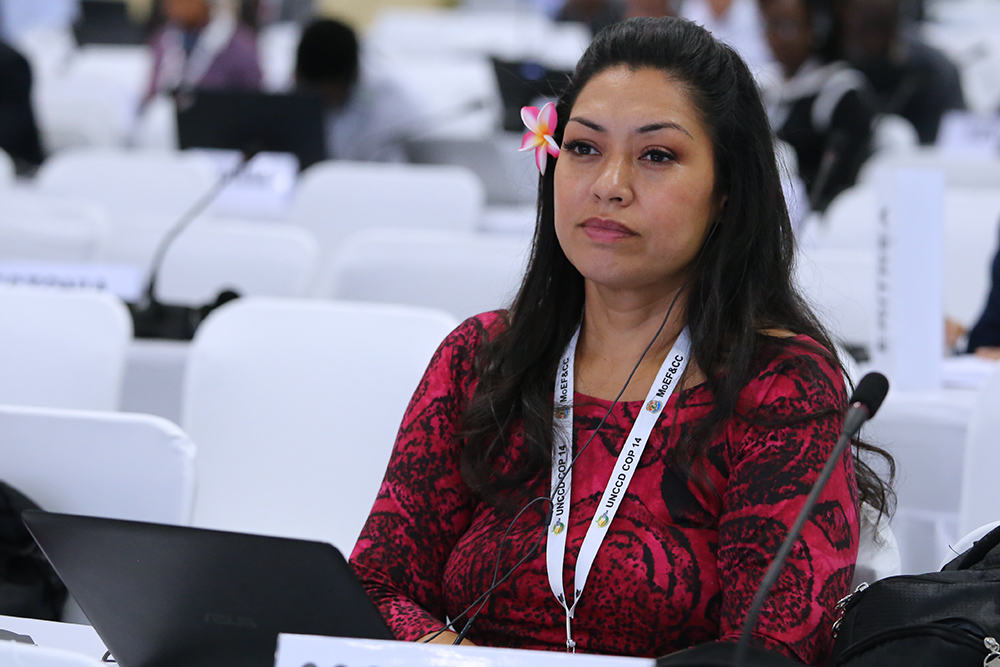
Highlights for Tuesday, 3 September 2019
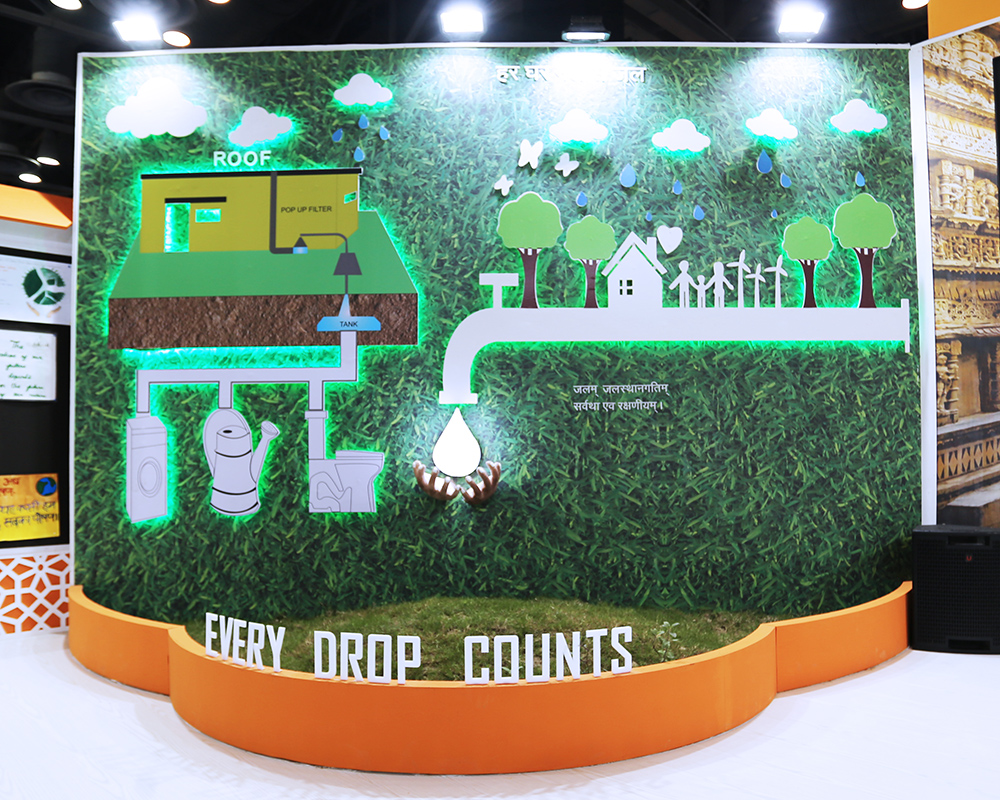
The Committee of the Whole (COW) convened in the morning to consider reports on finance and budget, links between the 2030 Agenda for Sustainable Development and implementation of the United Nations Convention to Combat Desertification (UNCCD), and preparations for the mid-term review of the UNCCD Strategic Framework 2018-2030. Delegates agreed to establish two contact groups, on finance and other matters, to begin a review of decision texts.
The two UNCCD subsidiary bodies also convened their opening sessions. Meeting in the morning, the Committee on Science and Technology (CST) discussed items resulting from the work programme of the UNCCD Science-Policy Interface (SPI), including proposals for refining guidance for implementation of Land Degradation Neutrality (LDN). The afternoon session considered coordination activities of the SPI work programme 2018–2019. Following the opening statements and adoption of the agenda, the Committee for the Review of the Implementation of the Convention (CRIC) established a contact group on matters relating to the Committee.
Initial reactions to the reports highlighted some areas of convergence as well as potential sticking points. In the COW, numerous delegations presented their views on the 2030 Agenda. On LDN for example, while many lauded the momentum generated on the ground through the Target-Setting Programme (a representative of the African Group pointed out that 50 of the 54 countries in the region have established their targets), some also expressed concern about narrowing the scope of the Convention to just the LDN target and recalled the UNCCD’s broader mandate to address desertification, land degradation and drought issues. Several delegates also welcomed the planned mid-term review of the UNCCD Strategic Framework 2018-2030 and expressed hope that the COP would further clarify modalities for enabling countries to accelerate achievements.
Other important COP 14 outcomes on the “wishlist” of delegates included reaching agreement on drought indicators, receiving targeted technical assistance and capacity building on sustainable land management, and finding agreement on disincentivizing unsustainable land practices.
For more details on the day’s negotiations and to hear what delegates said in the corridors, see our daily Earth Negotiations Bulletin (ENB).
+ Visit the web coverage for Tuesday, 3 September 2019
+ Read the ENB report for Tuesday, 3 September 2019 in EN/HTML | FR/HTML or EN/PDF | FR/PDF format.
COW
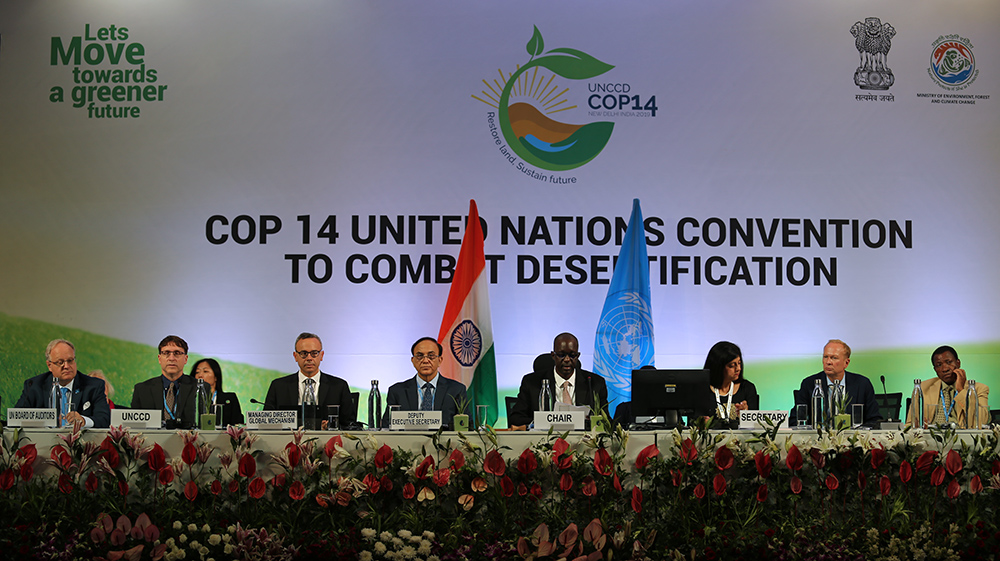

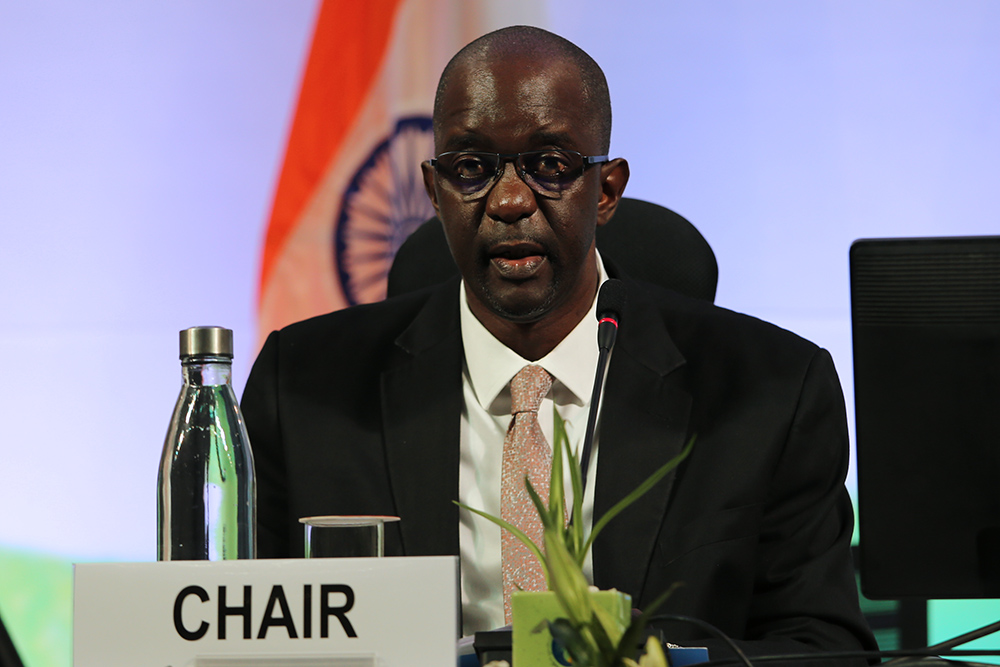
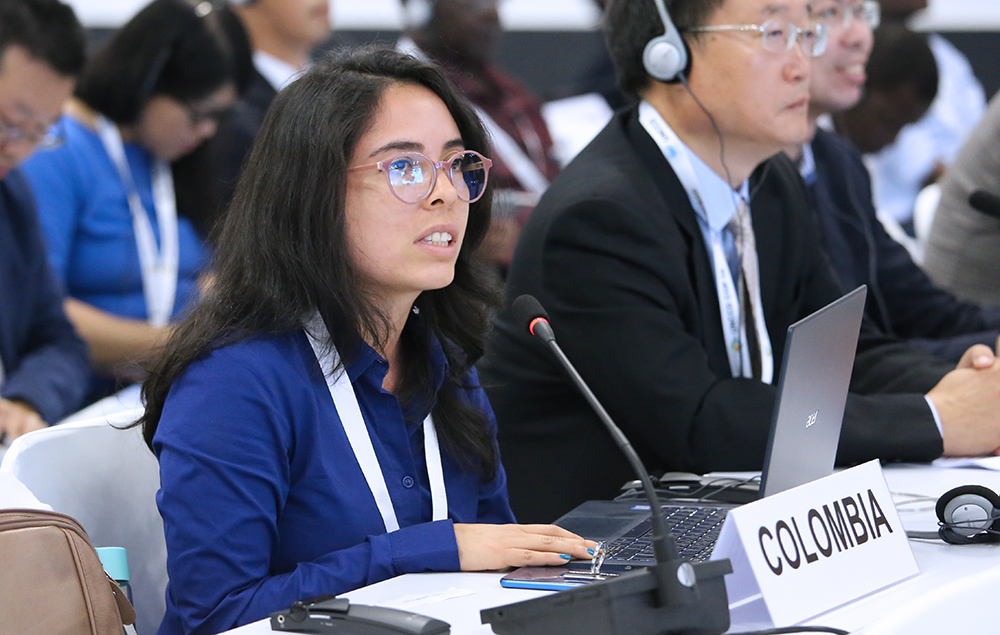
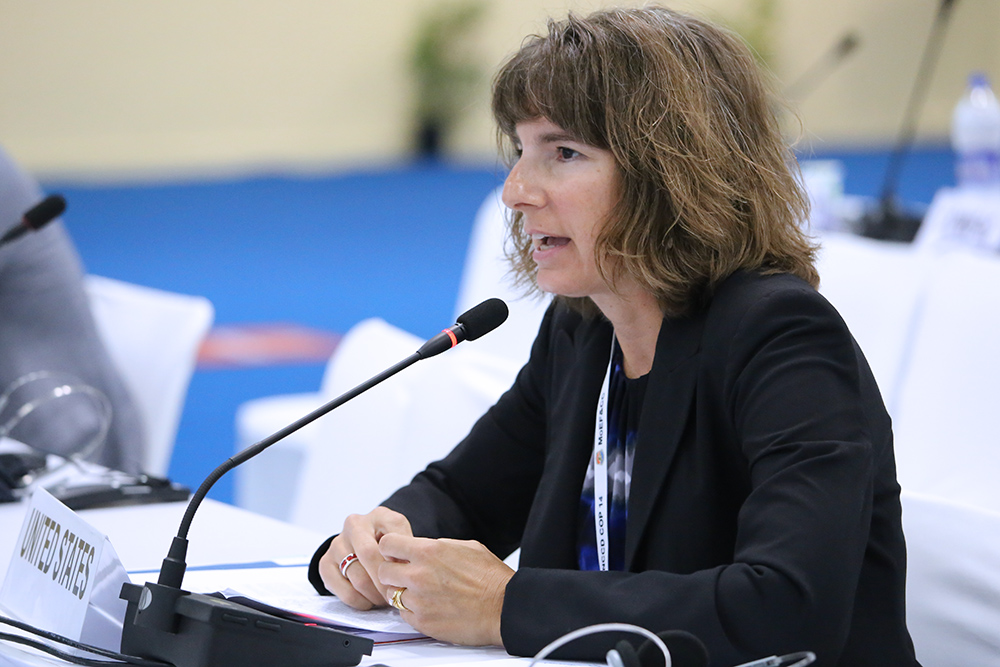
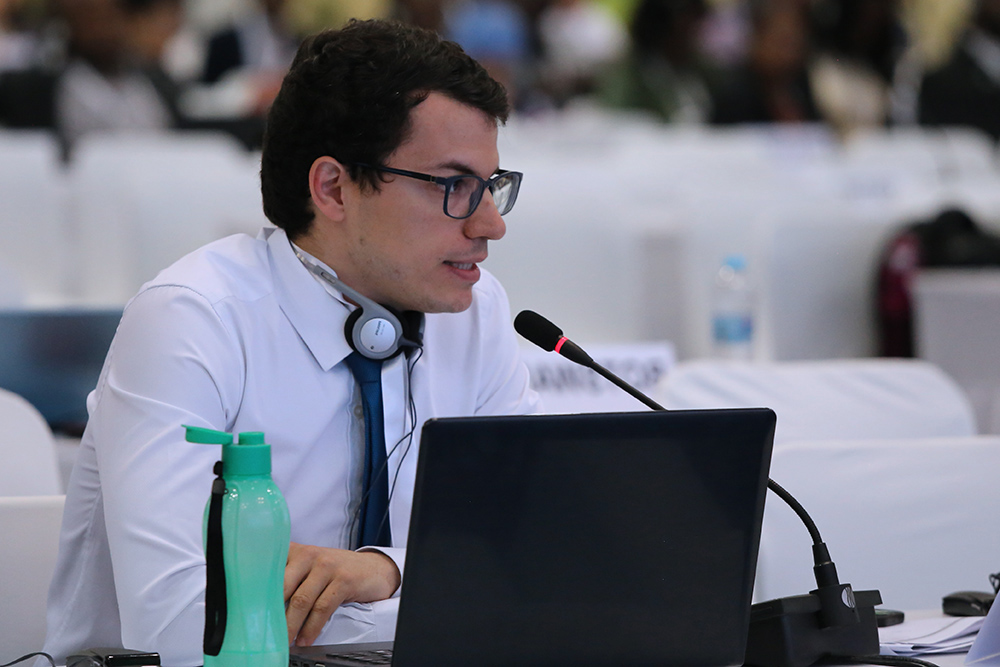
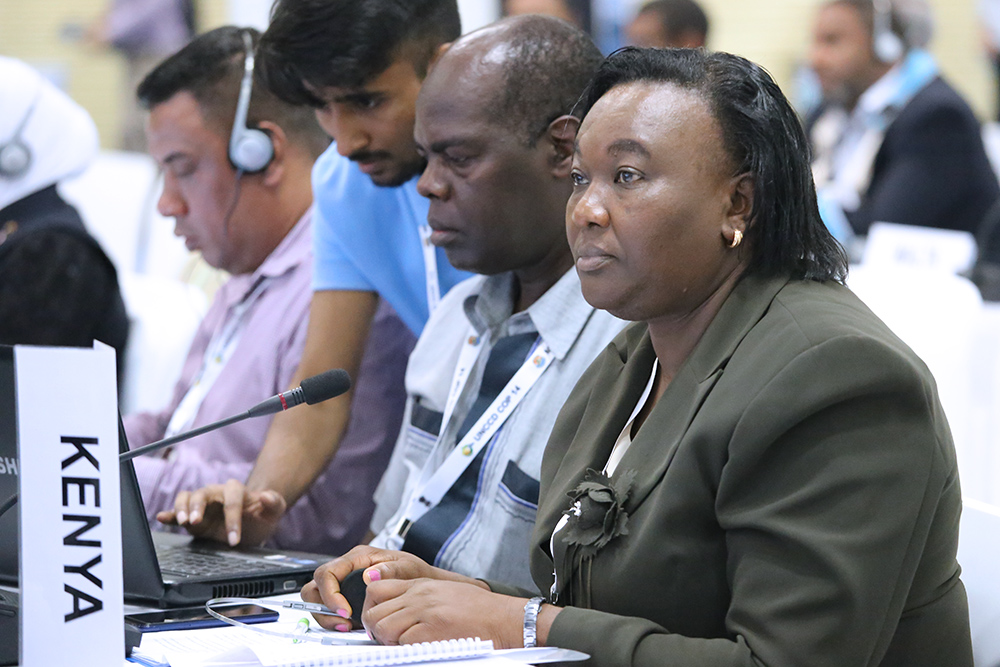
Highlights for Monday, 2 September 2019
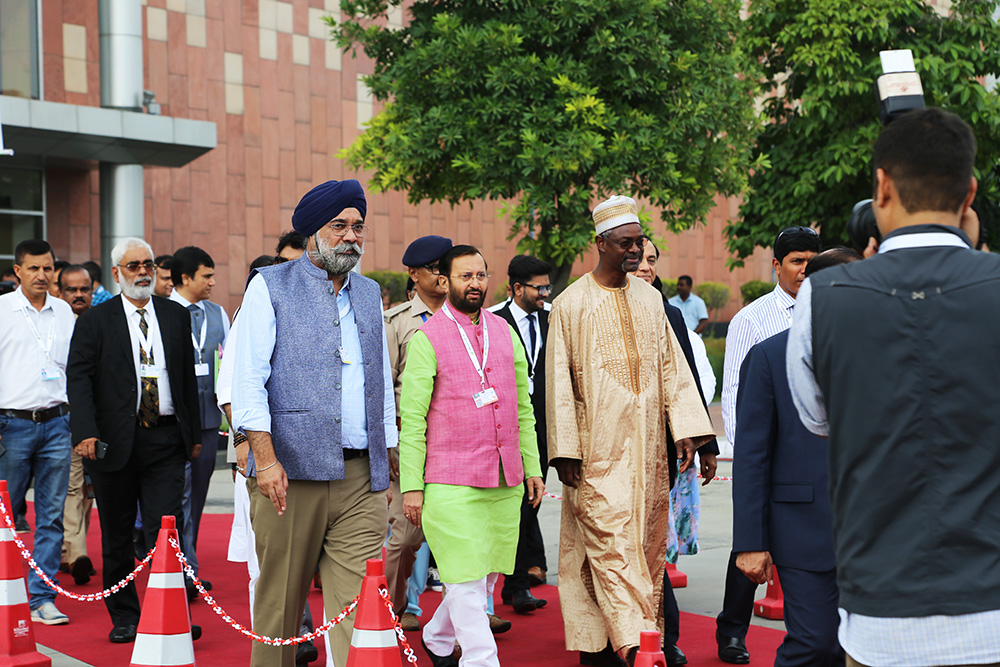
The fourteenth session of the Conference of the Parties (COP14) to the UN Convention to Combat Desertification (UNCCD) opened in New Delhi, India, on Monday afternoon. The opening plenary was preceded by a formal flag-raising ceremony that symbolized the handing over of the premises to the UN by the Government of India.
In his introductory remarks, COP President Prakash Javadekar, Minister of Environment, Forests and Climate Change, India, observed that just as human actions have created the problems of climate change, land degradation and biodiversity loss, further human action, intent, technology and intellect are needed to undo the damage and preserve the earth for future generations. UNCCD Executive Secretary Ibrahim Thiaw described COP 14, which also coincides with the 25th anniversary of the UNCCD, as the largest COP ever and expressed hope that the policy decisions taken at this session would mark “a major turning point for how we manage the scarce land and water resources we have left.”
In a briefing with media representatives earlier in the day, Thiaw identified the two priority issues for this COP as drought and land tenure, noting that they not only link the UNCCD to the other two Rio Conventions, but also touch on almost all the Sustainable Development Goals (SDGs).
During opening statements, many representatives of regional groups and other stakeholders welcomed the focus on emerging Convention themes, such as drought and land tenure although there were indications that it may not be easy to reach agreement on the more political aspects of these issues.
Five side events also took place during the day, exploring, among other themes: how to apply the Research in Development approach to scale land restoration and achieve land degradation neutrality (LDN); how to translate soil and land rehabilitation into action for LDN and sustainable livelihoods; links between land desertification and health; and country experiences in restoring degraded landscapes.
For more details on the day’s negotiations and to hear what delegates said in the corridors, see our daily Earth Negotiations Bulletin (ENB).
+ Visit the web coverage for Monday, 2 September 2019
+ Read the ENB report for Monday, 2 September 2019 in EN/HTML | FR/HTML or EN/PDF | FR/PDF format.
Opening Ceremony
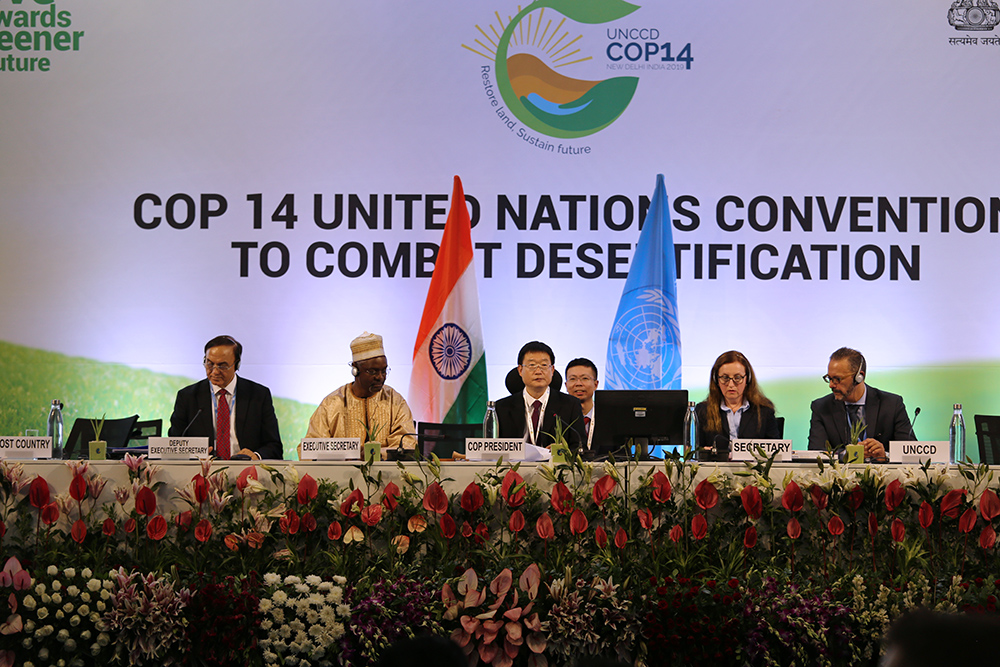

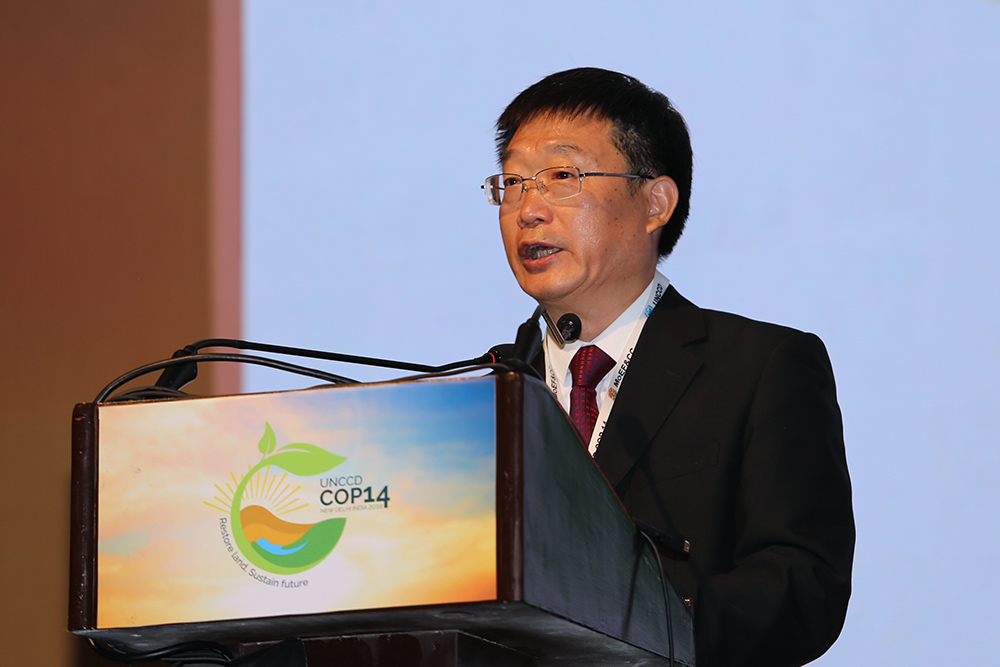
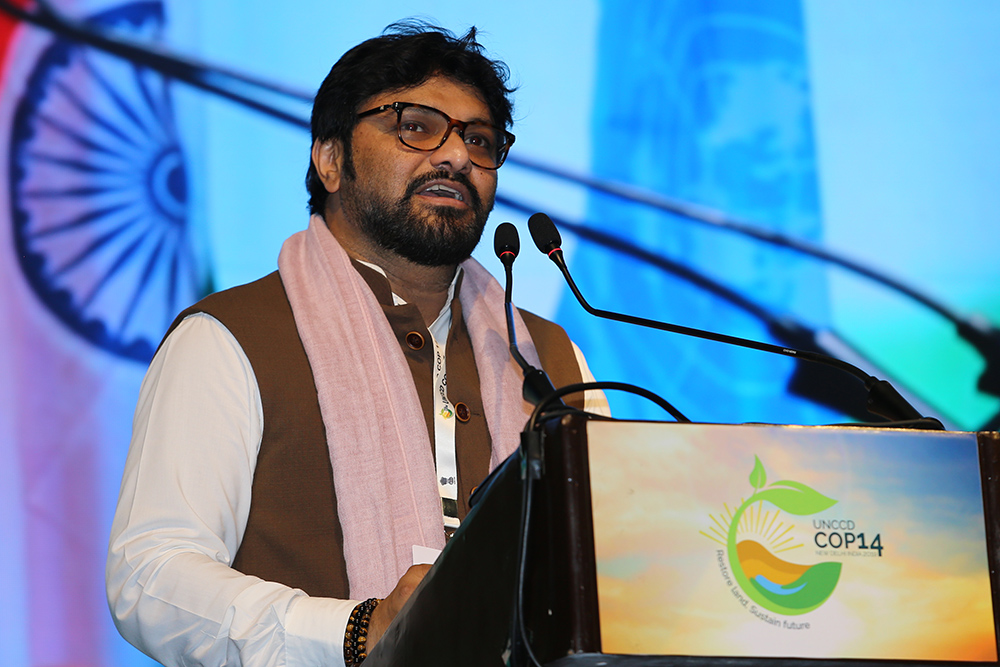
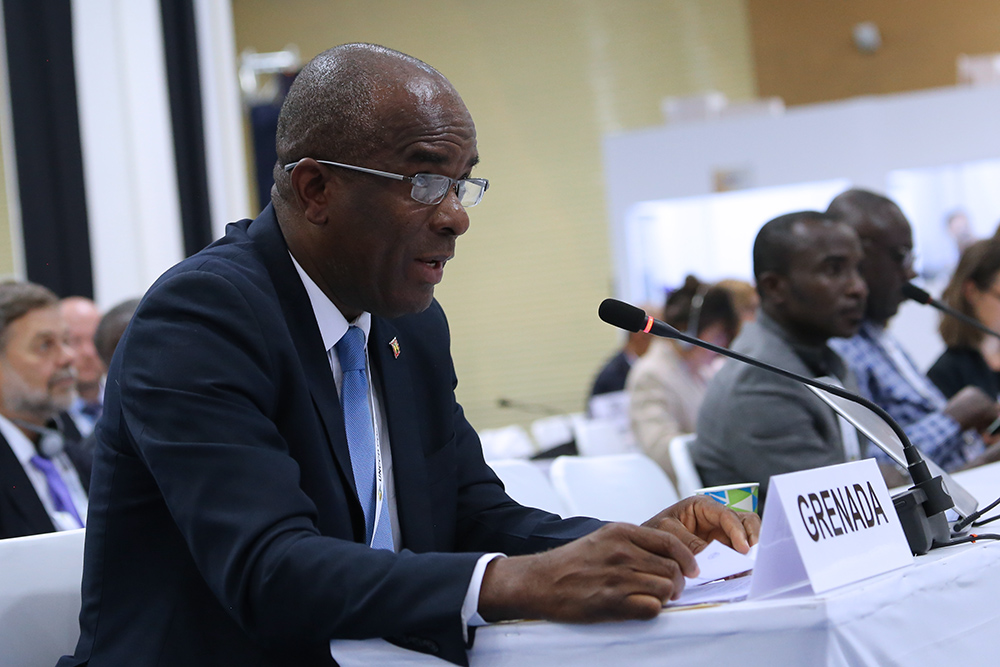
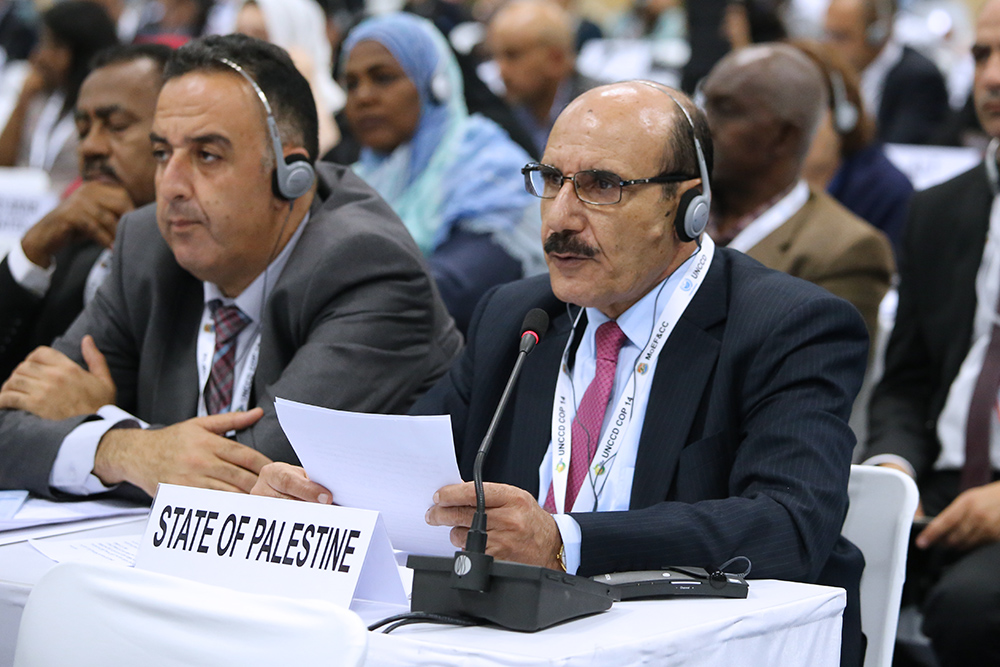
UNCCD Resources
- UNCCD COP 14 Website
- COP 14 Annotated Agenda
- COP 14 Official Documents
- CRIC 18 Official Documents
- CST 14 Official Documents
IISD ENB/ENB+ Meeting Coverage
- UNCCD COP 13, 6-16 September 2017, Ordos, China
- UNCCD COP 12, 12-23 October 2015, Ankara, Turkey
- UNCCD COP 11, 16-27 September 2013, Windhoek, Namibia
- UNCCD COP 10, 10-21 October 2011, Changwon City, Republic of Korea
IISD Resources
- Subscription Page for IISD Reporting Services Peer-to-Peer Mailing Lists (including LAND-L, SDG, CLIMATE-L, BIODIVERSITY-L, and Regional Updates)
- SDG Update Newsletter - A compilation of news, commentary and upcoming events published on the SDG Knowledge Hub
- SDG Knowledge Hub - An Online Resource Center for News and Commentary Regarding the Implementation of the United Nations’ 2030 Agenda for Sustainable Development, including all 17 Sustainable Development Goals (SDGs)
- Linkages Update - International Environment and Sustainable Development News
 Specific funding for IISD Reporting Services coverage of UNCCD COP 14 has been provided by the UNCCD Secretariat
Specific funding for IISD Reporting Services coverage of UNCCD COP 14 has been provided by the UNCCD Secretariat